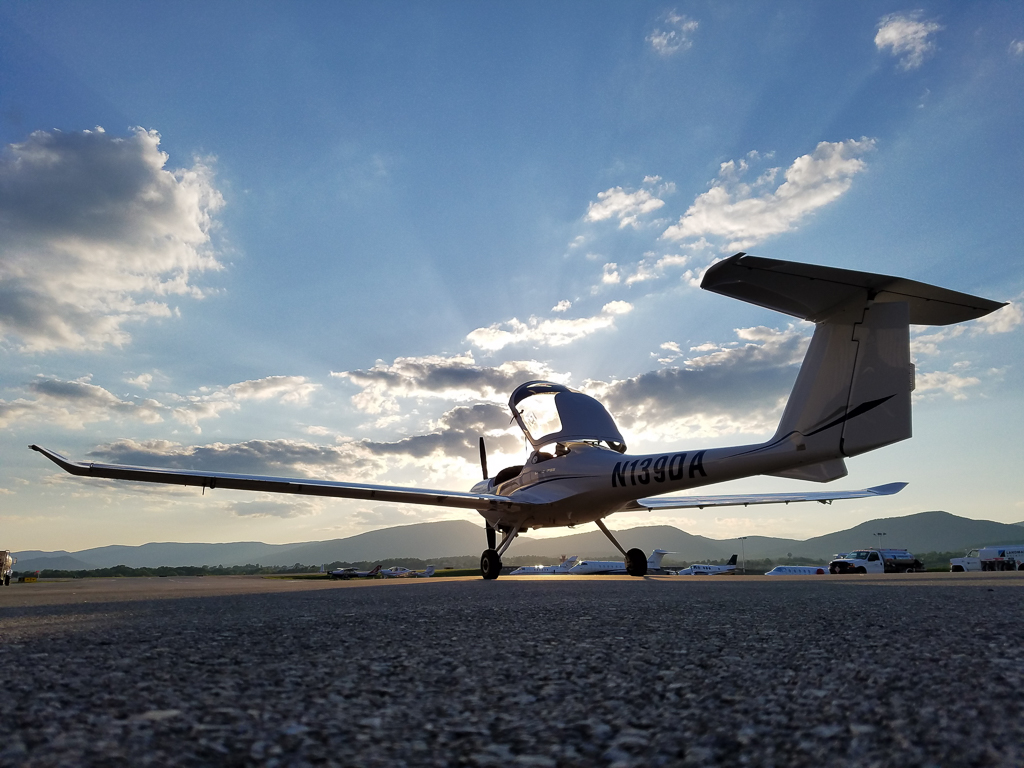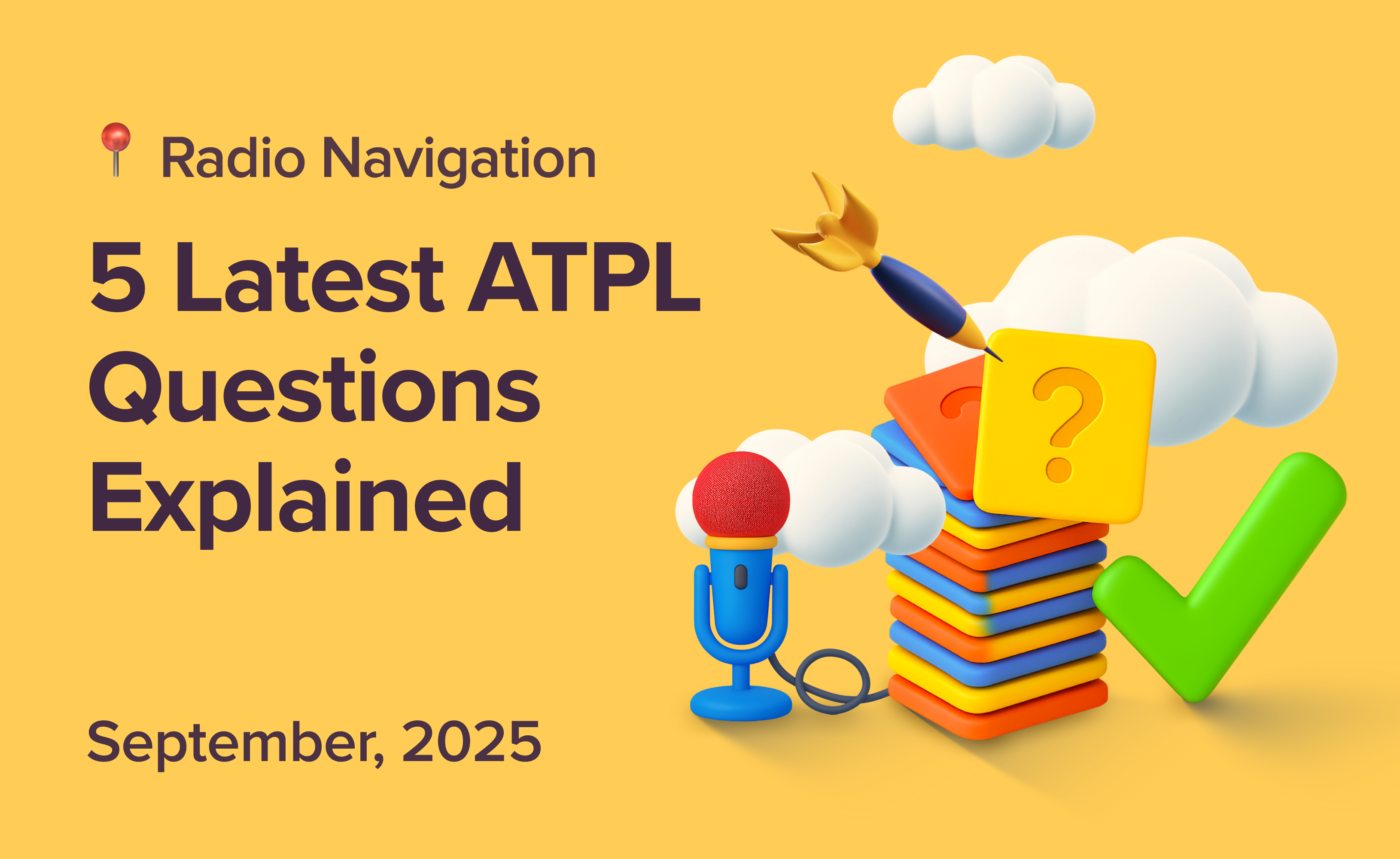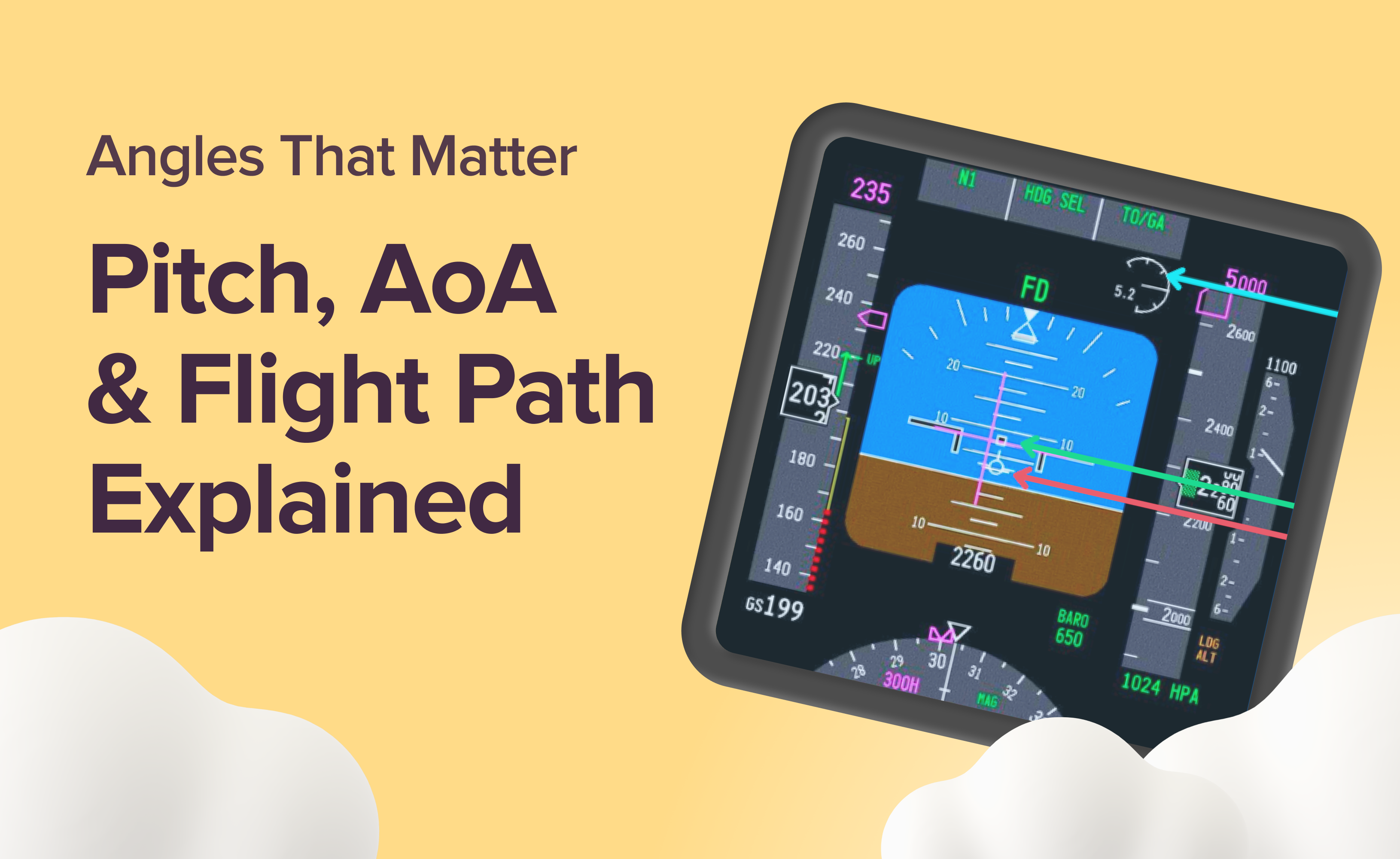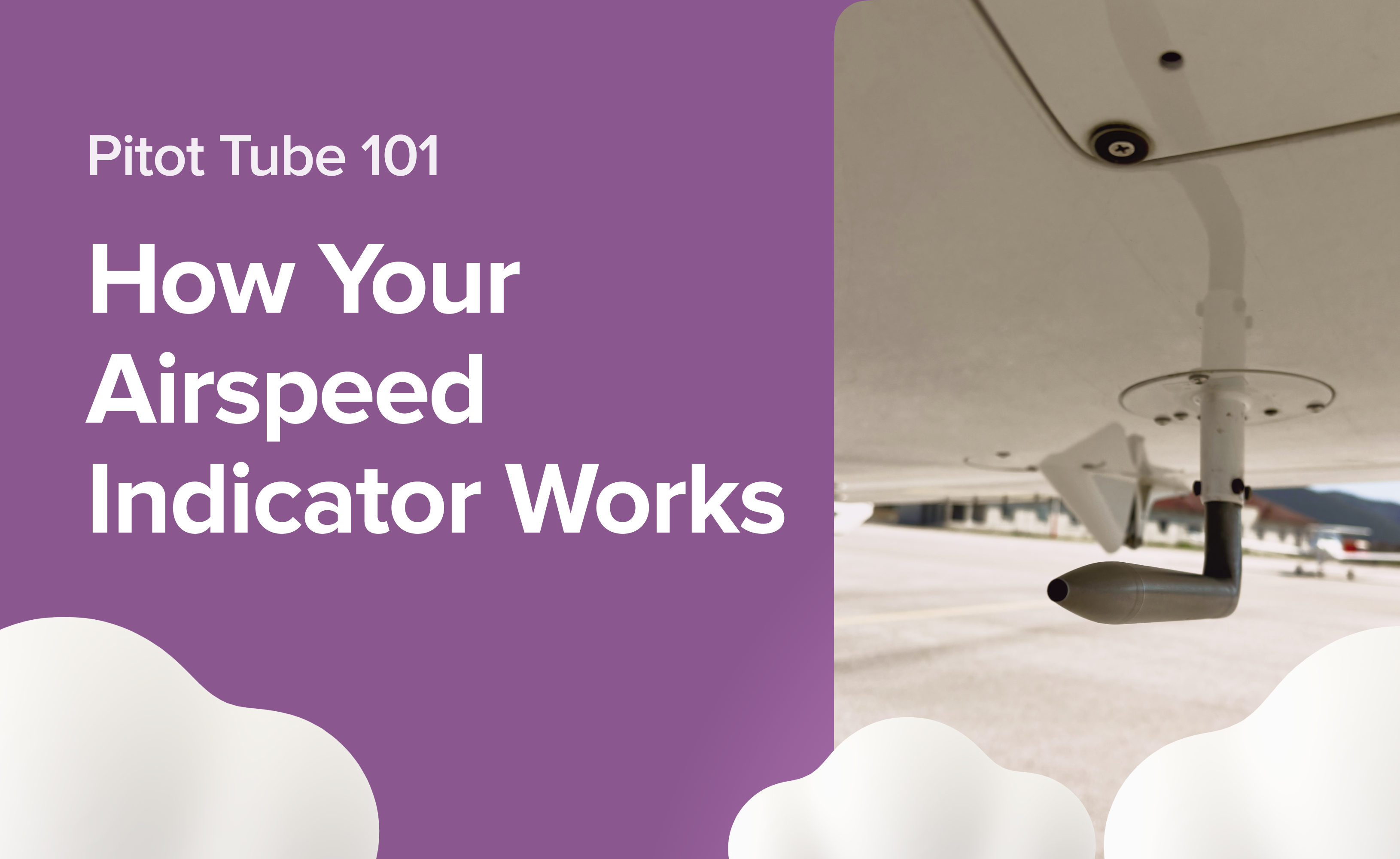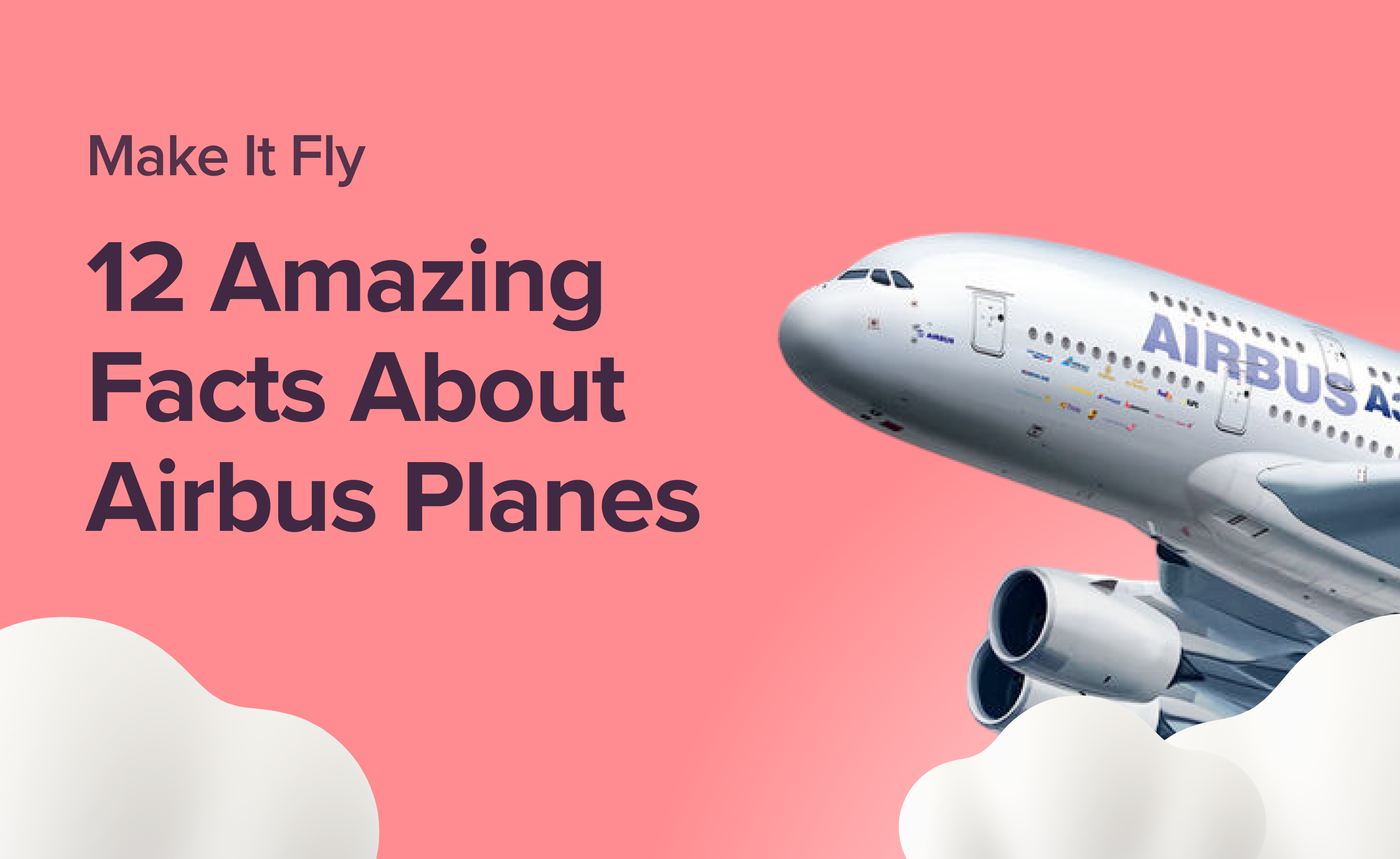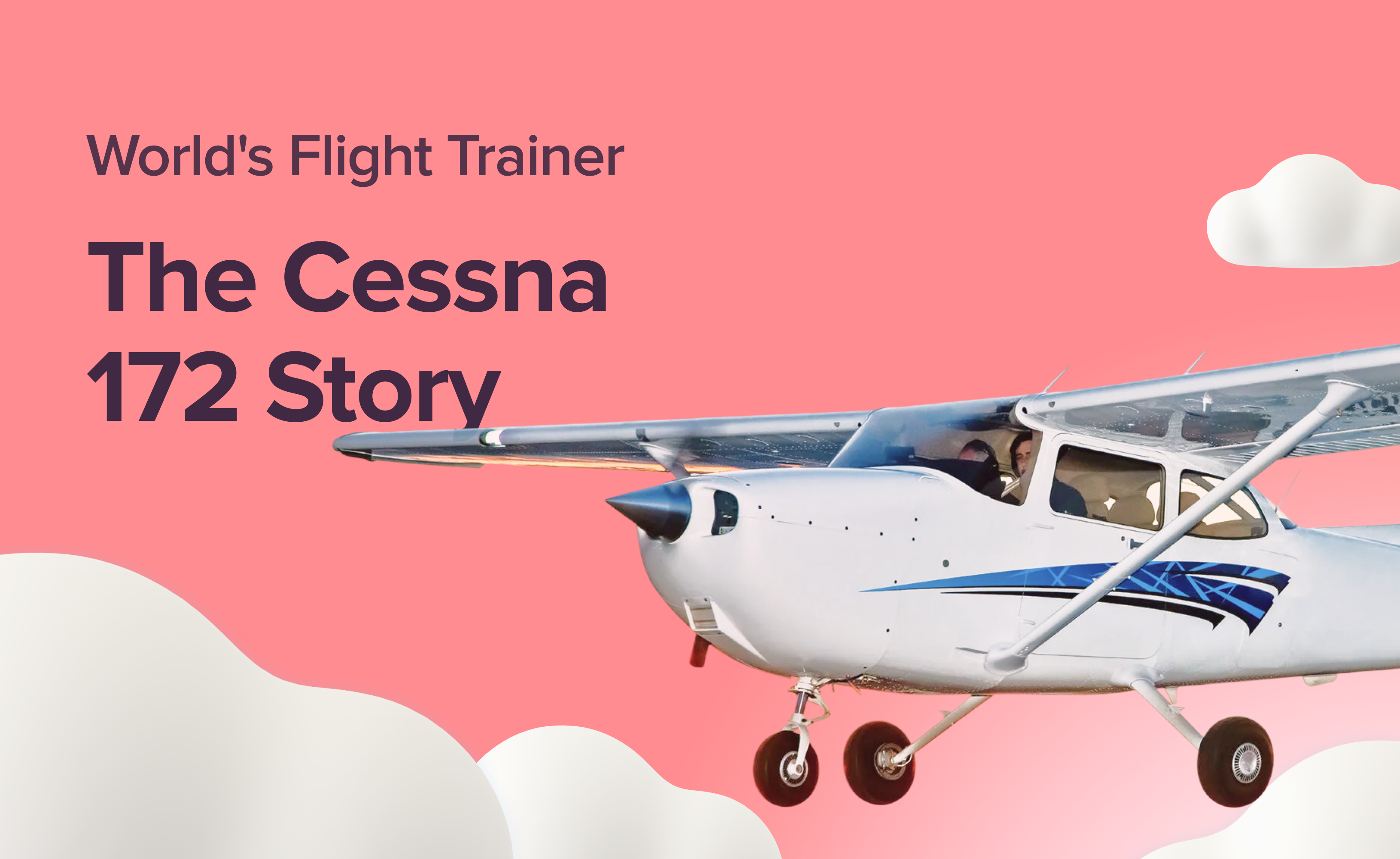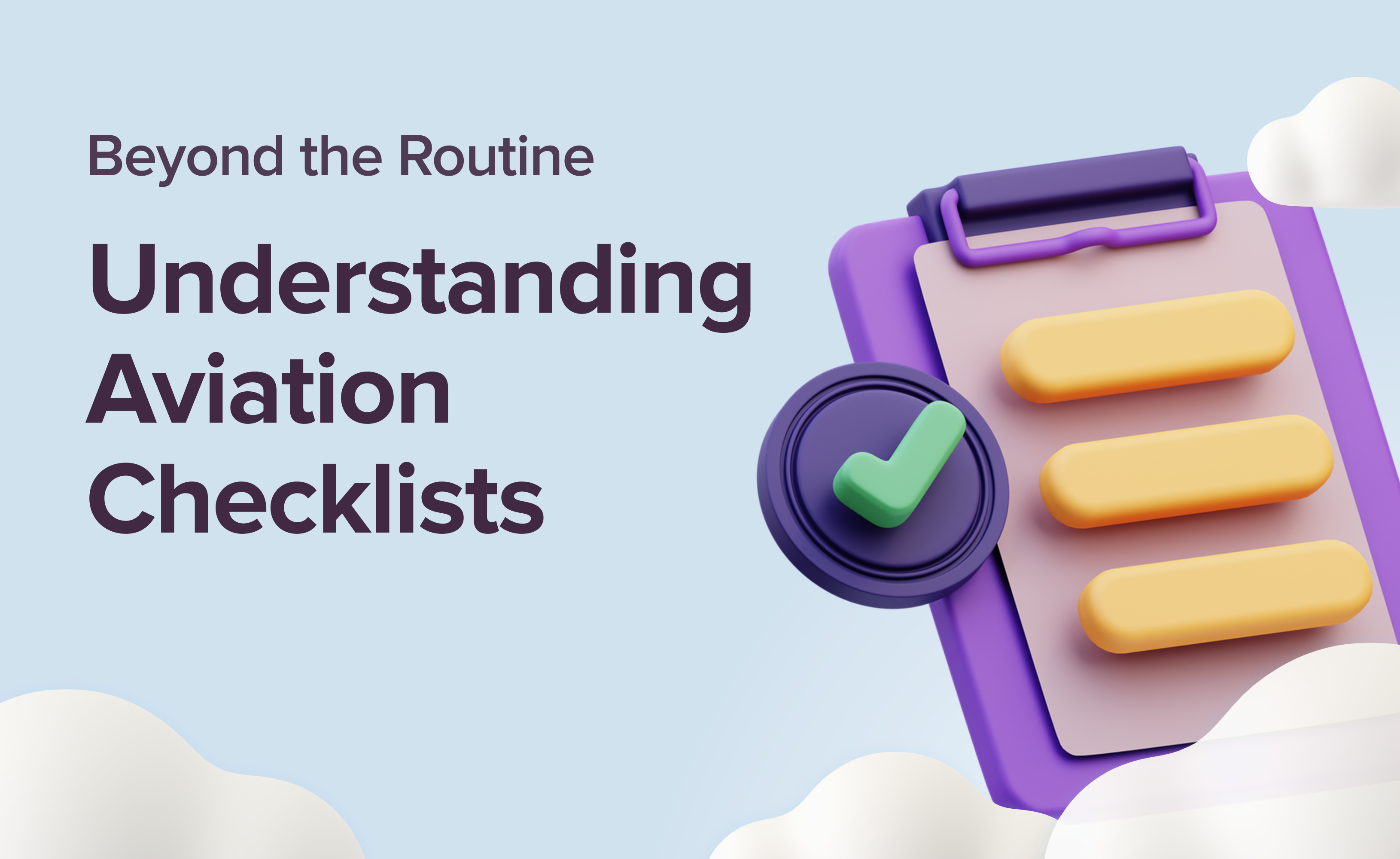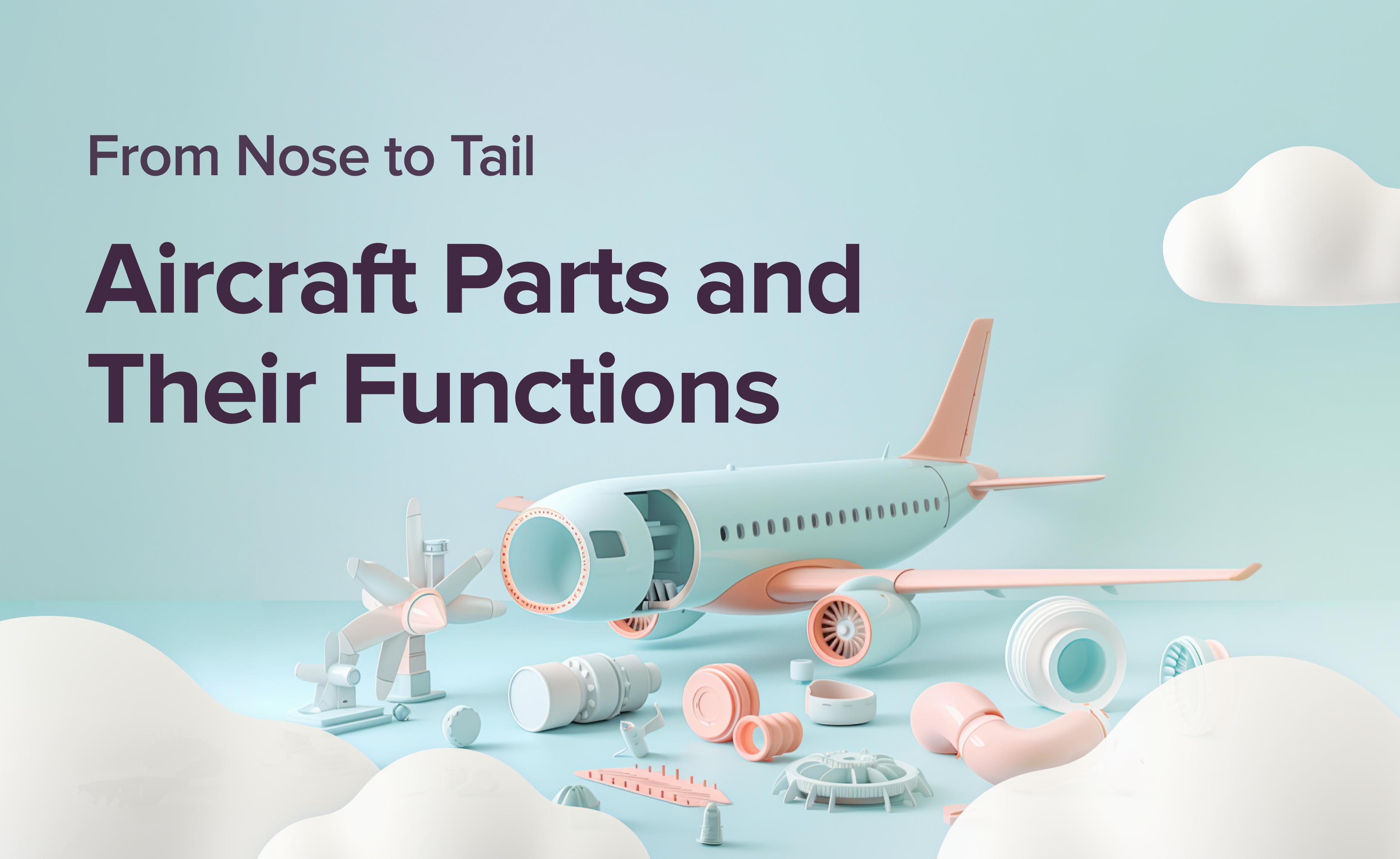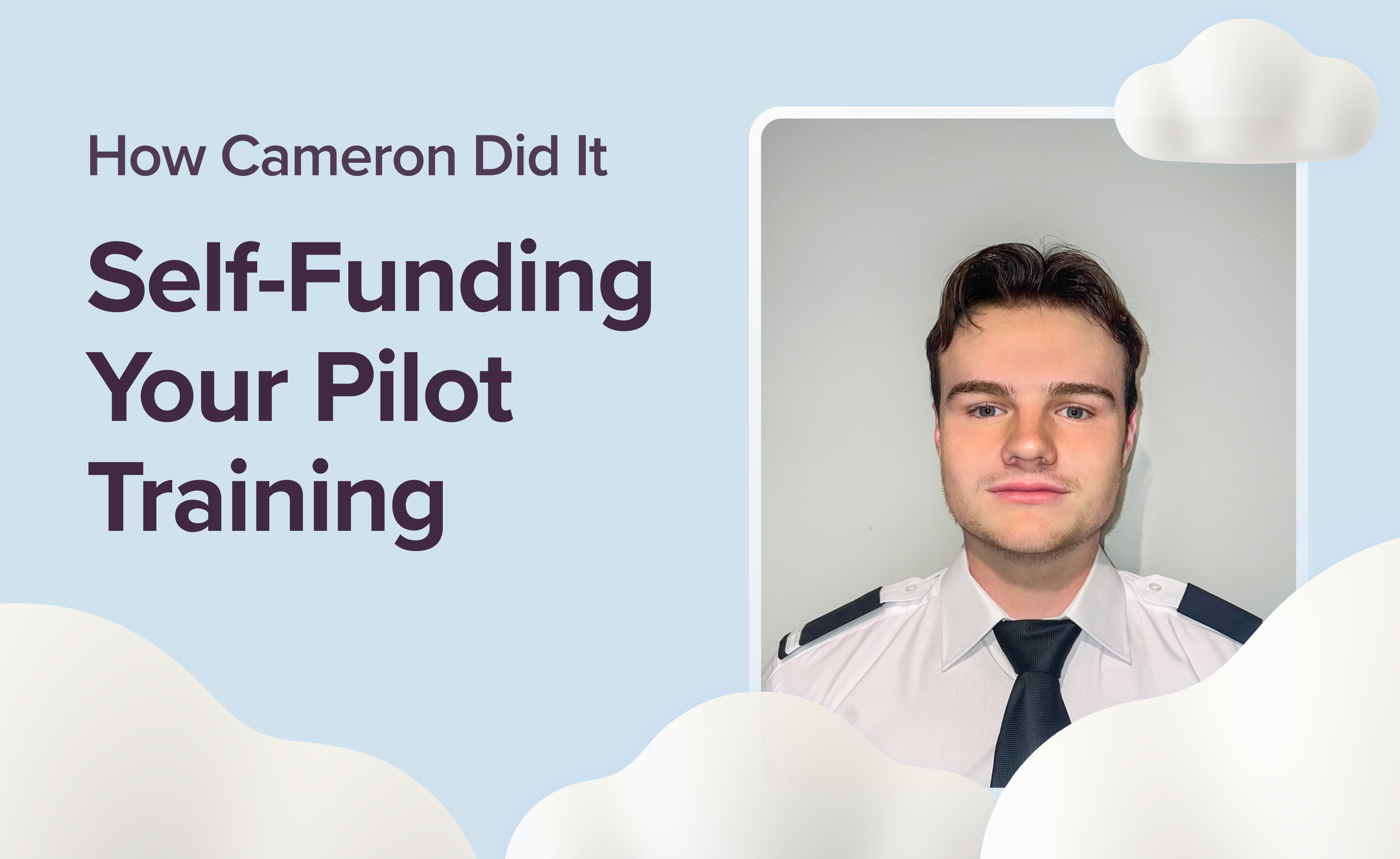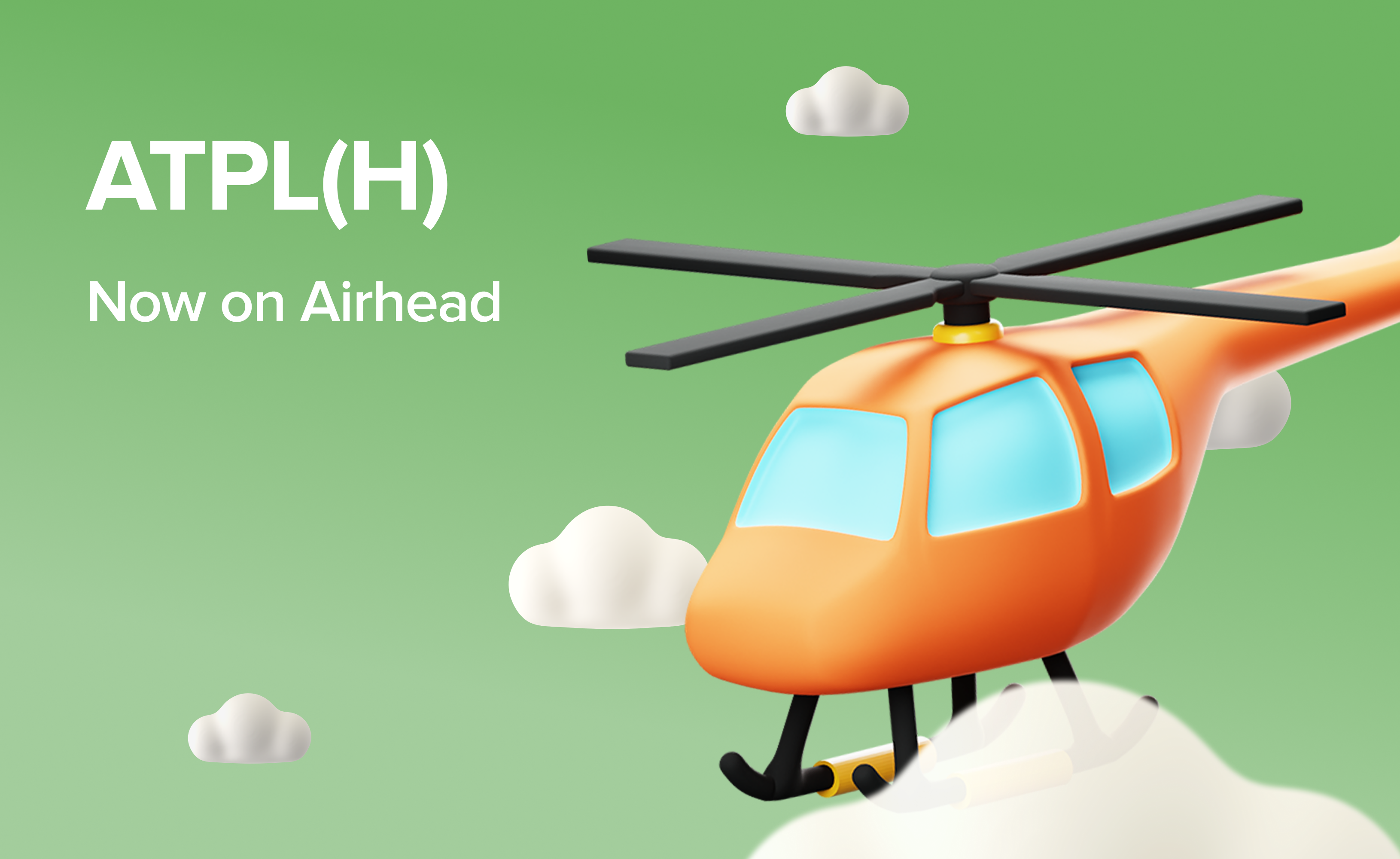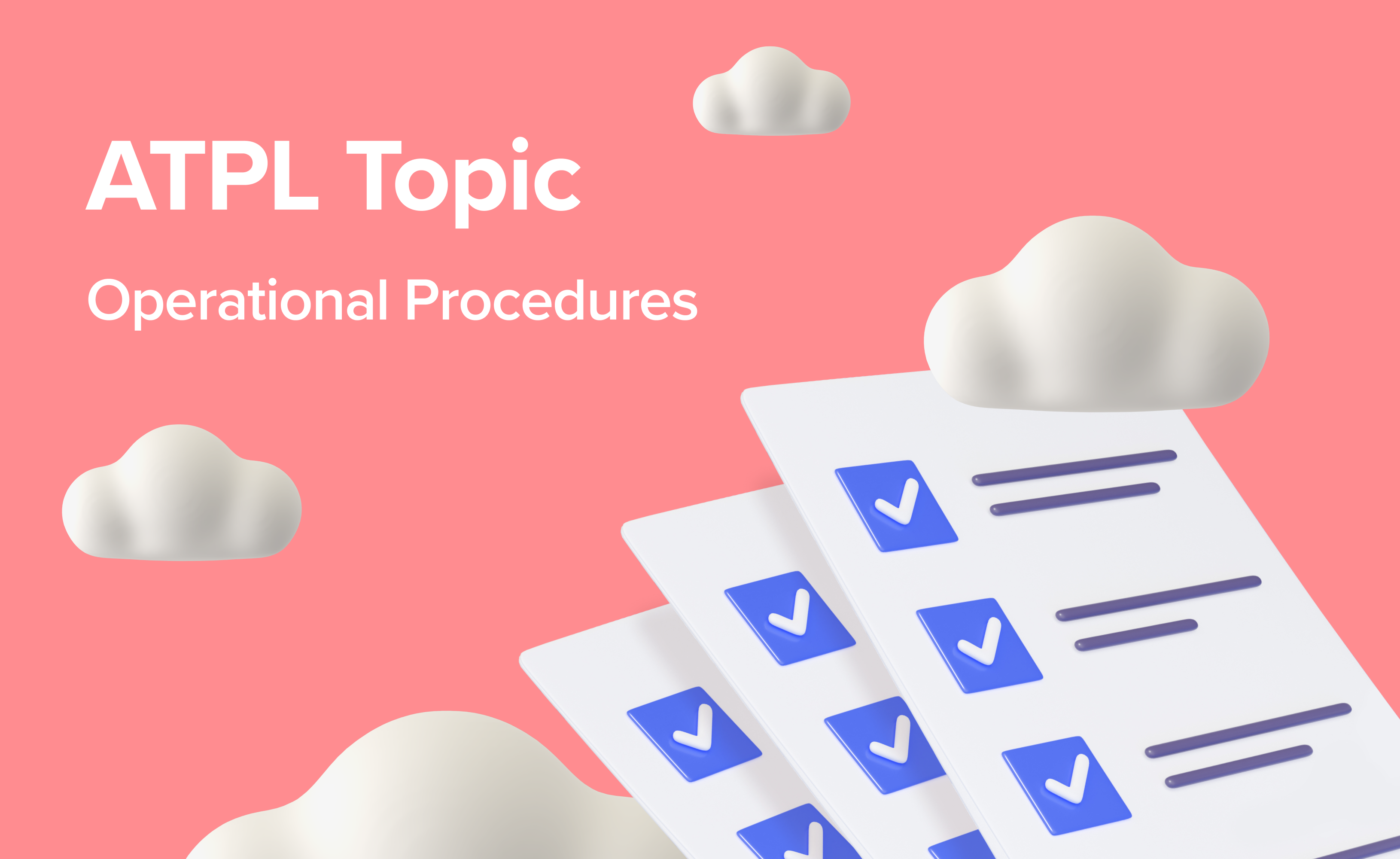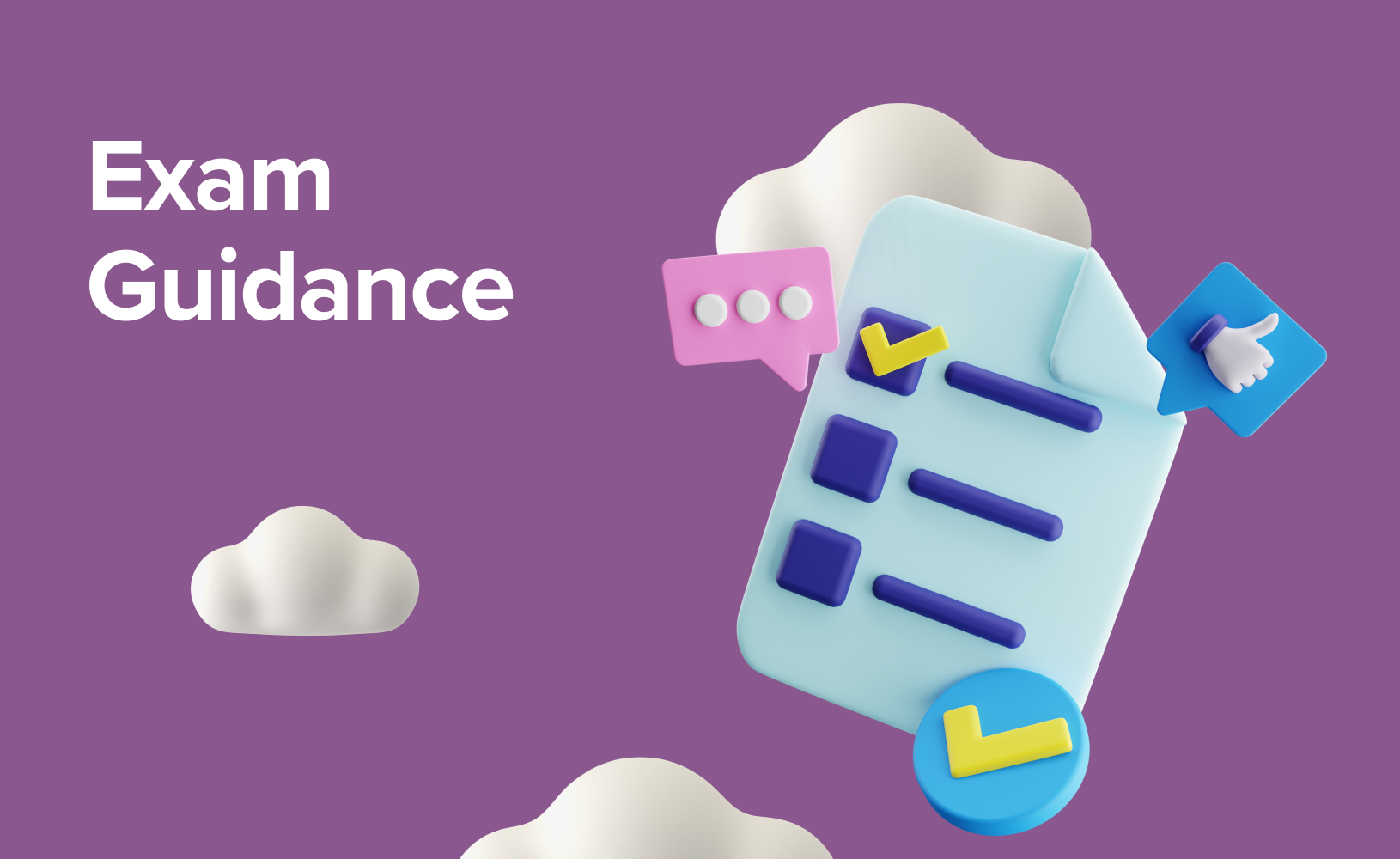Wings of Learning: 8 Common Trainer Aircraft
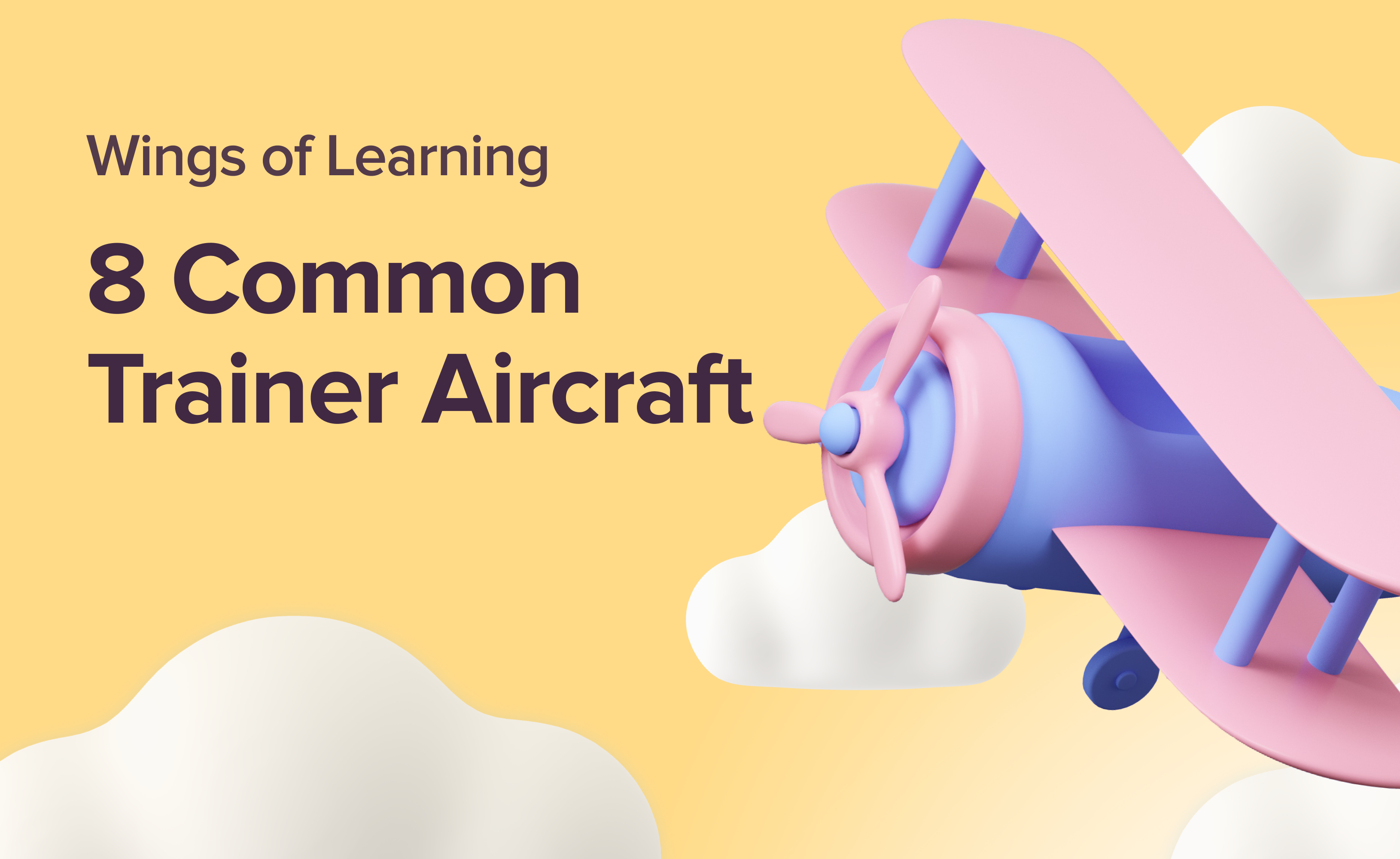
Every pilot remembers their first training aircraft — just like a first love, it leaves a lasting impression. It’s the place where you experience your first take-off, feel the thrill of flight, and learn the fundamentals that shape your journey in aviation. Whether you’re working towards a Private Pilot Licence (PPL) for fun or aiming for a commercial pilot career, the aircraft you train in plays a huge role in building your confidence and skills.
Flight schools across the UK and Europe carefully select stable, reliable, and cost-effective aircraft that are forgiving for beginners but still prepare students for more advanced flying. These aircraft need to be easy to handle, tough enough for daily training, and equipped with modern avionics to bridge the gap between training and commercial flying.
In this guide, we’ll introduce you to eight of the most common trainer aircraft, the planes that have shaped generations of pilots. Whether you’re just starting your journey or reminiscing about your training days, these aircraft hold a special place in the heart of aviation.
Live your pilot dreams with our ultimate bucket list of 10 must-fly aircraft. Check them out here!
What Makes a Great Trainer Aircraft?
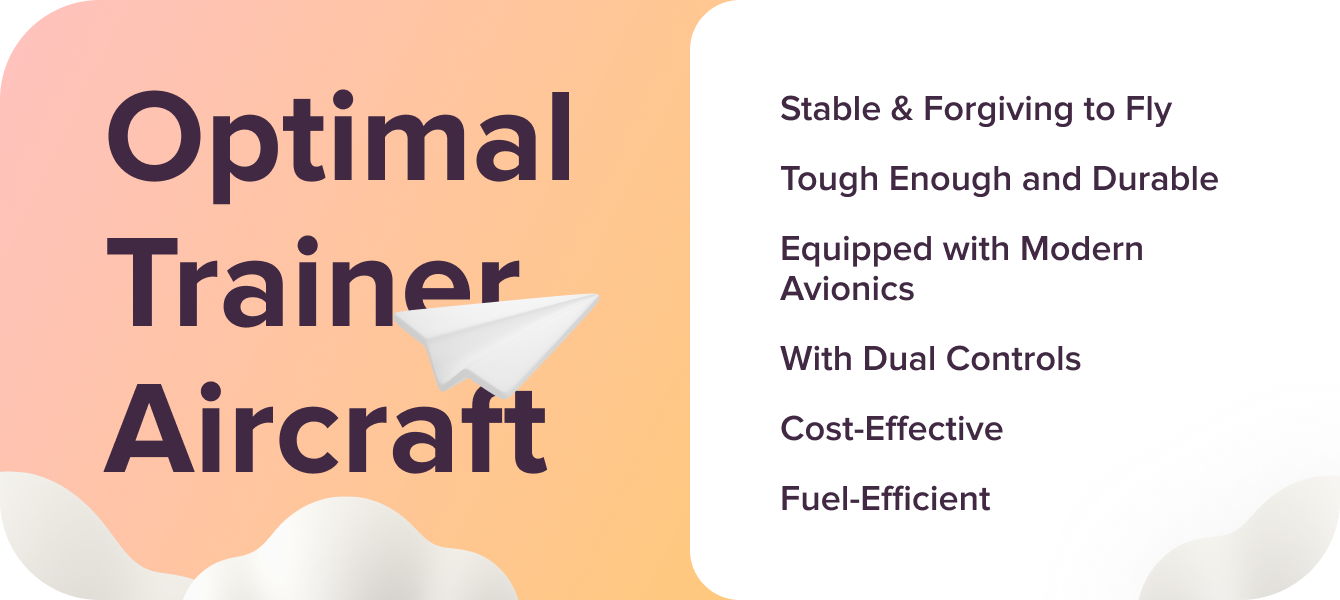
Your first training aircraft isn’t just a machine — it’s your classroom in the sky, the plane that teaches you how to handle turbulence, perfect your landings, and trust yourself at the controls. But not just any aircraft can take on this role.
A great training aircraft needs to be:
Stable & Forgiving to Fly
A good trainer is predictable and easy to control, allowing you to correct mistakes without surprises. It should feel stable in the air, making learning smooth and giving you the confidence to push forward.
Cost-Effective & Fuel-Efficient
Flying isn’t cheap, and flight schools need aircraft that won’t break the bank. That’s why most trainers are single-engine piston aircraft — they are affordable to operate, fuel-efficient, and reliable for repeated take-offs and landings.
Tough Enough for Student Pilots
Let’s be honest — your first landings won’t be perfect. Trainer aircraft need to be durable to handle the occasional hard touchdown and reliable enough to withstand the demands of daily flight training.
Avoid common pitfalls and soar higher with our guide to 11 mistakes to steer clear of.
Equipped with Modern Avionics
Aviation is constantly evolving, and many flight schools now use glass cockpit aircraft to prepare students for modern commercial jets. Training on digital avionics early on makes the transition to airline flying much easier.
Fitted with Dual Controls for Safety
Every great training aircraft comes with dual controls, allowing instructors to step in if needed. It’s your safety net while learning — like training wheels on a bike but for the skies!
Ready to take the plunge? Discover the thrill of your first flight on our blog Trial Flight: Your First Step to The Dream.
Now, let’s have a look at eight of the most popular trainer aircraft that have helped countless pilots earn their wings!
Cessna 172 Skyhawk
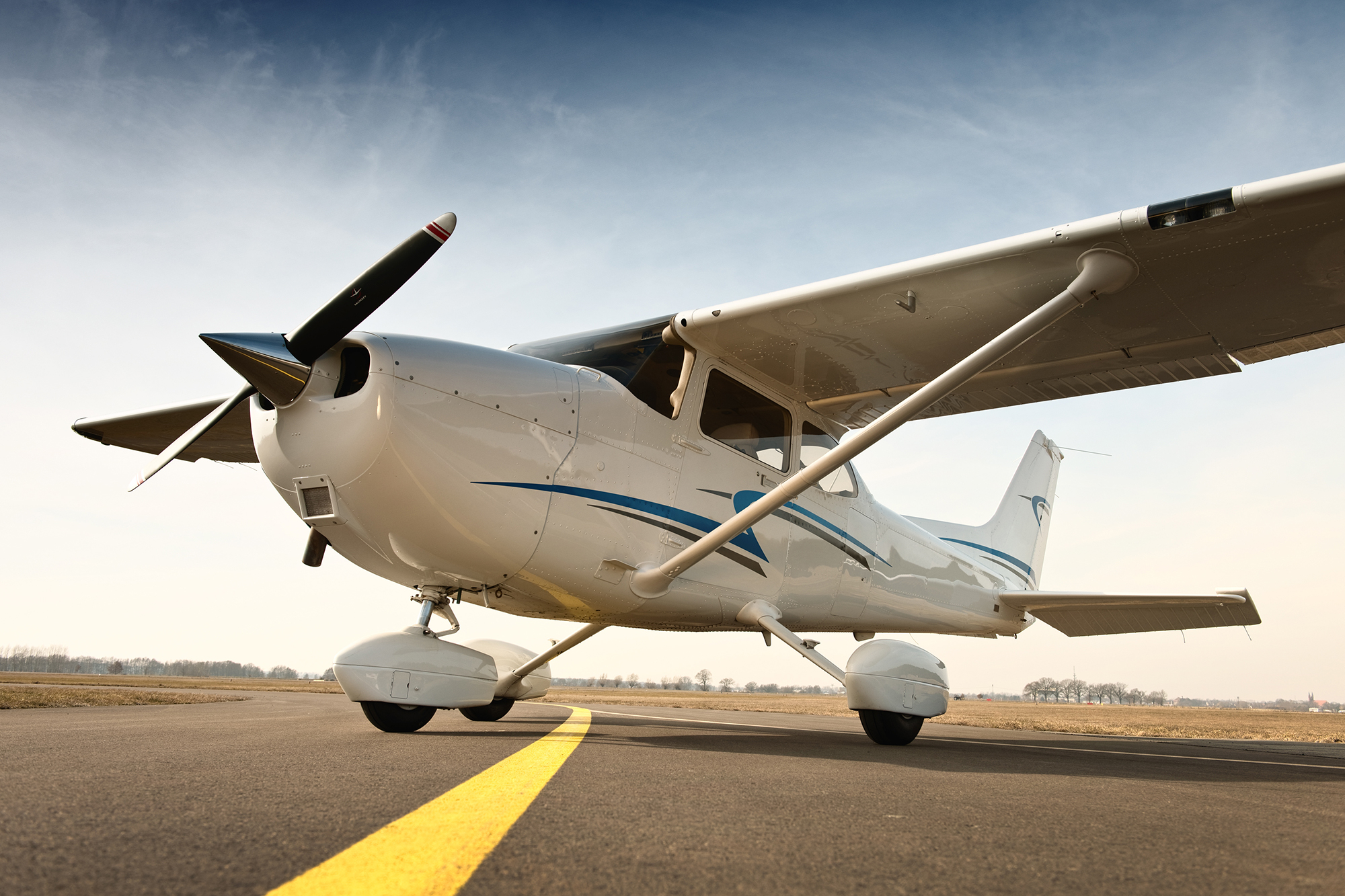
Introduction: 1956
Number built: Over 44,000
Purpose: General Aviation & Flight Training
For many pilots, their first experience at the controls was in a Cessna 172 Skyhawk — and for good reason. Widely regarded as the most popular trainer aircraft in the world, the Skyhawk is stable, forgiving, and incredibly reliable.
Originally introduced as an upgraded version of the Cessna 170, the Skyhawk quickly became the backbone of flight schools worldwide. It was designed with a tricycle landing gear, making ground handling easier than taildraggers of its time. This simple change made training safer and more accessible, especially for student pilots.
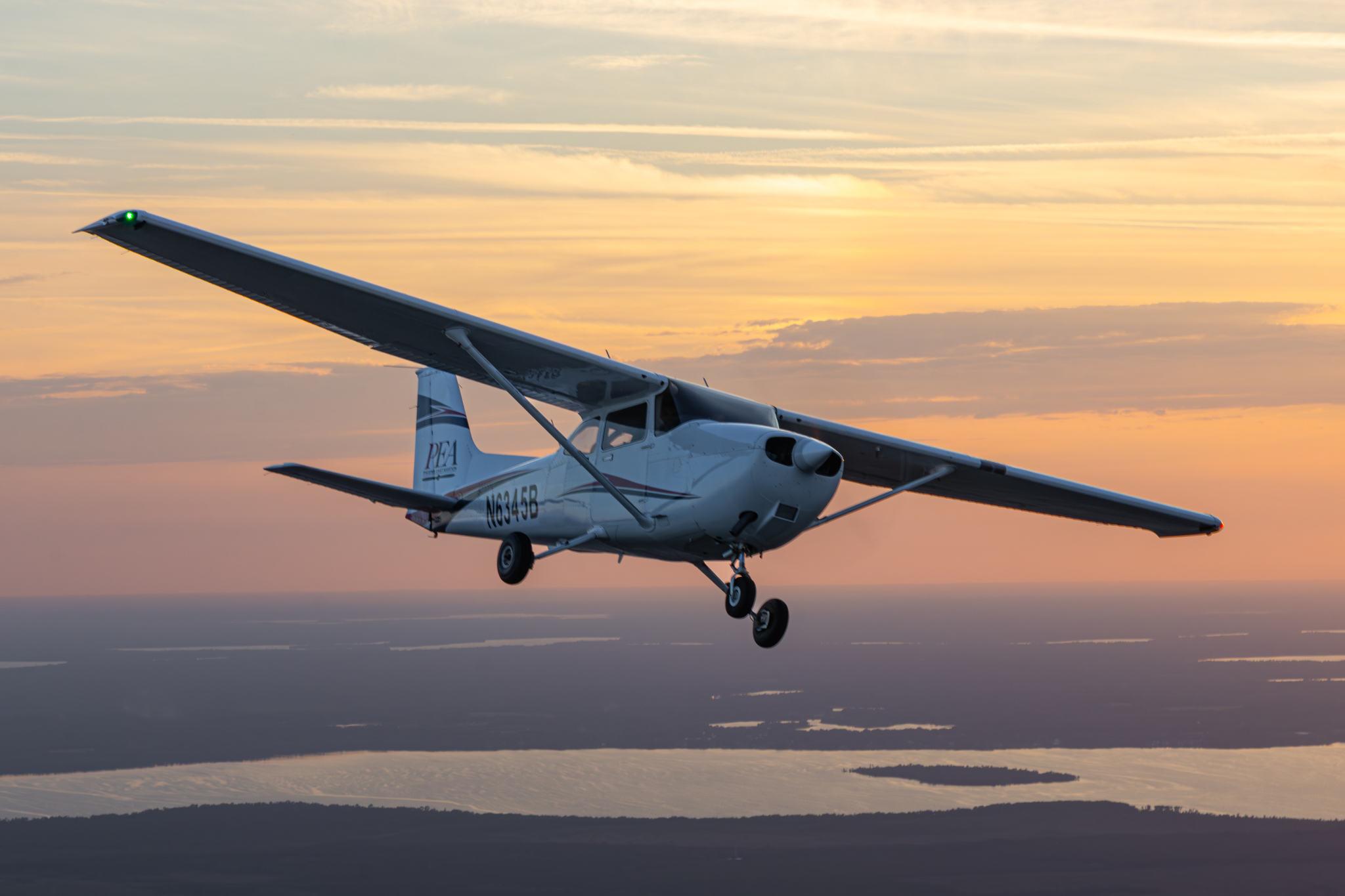
Despite its first flight in 1955, the Cessna 172 remains in full production today, with modern versions featuring glass cockpits, advanced avionics, and fuel-efficient engines. It has outlasted many of its competitors, proving itself as the ultimate flight school workhorse.
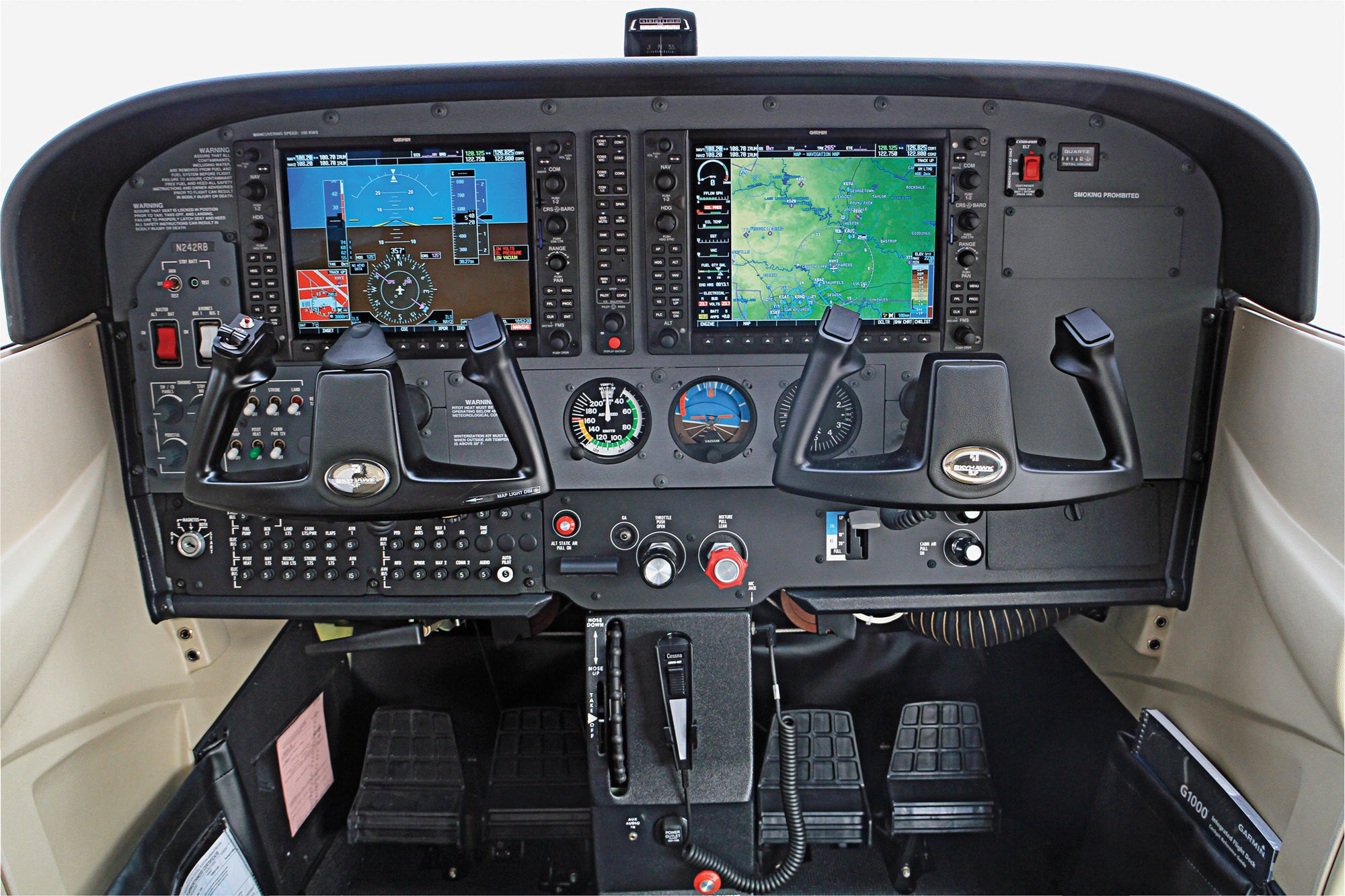
Why Flight Schools Love the Cessna 172
Stable & Forgiving – Handles predictably, making it perfect for beginners. Durable & Reliable – Can withstand daily training use with minimal downtime. Easy to Fly – Simple controls and a high-wing design provide excellent visibility. Widely Available – Found in almost every flight school, making the transition between aircraft seamless. Modern Avionics – Newer models come equipped with glass cockpits, preparing students for airline flying.
Finding the perfect flight school? Our 12-step guide helps you make the right choice.
Cessna 152
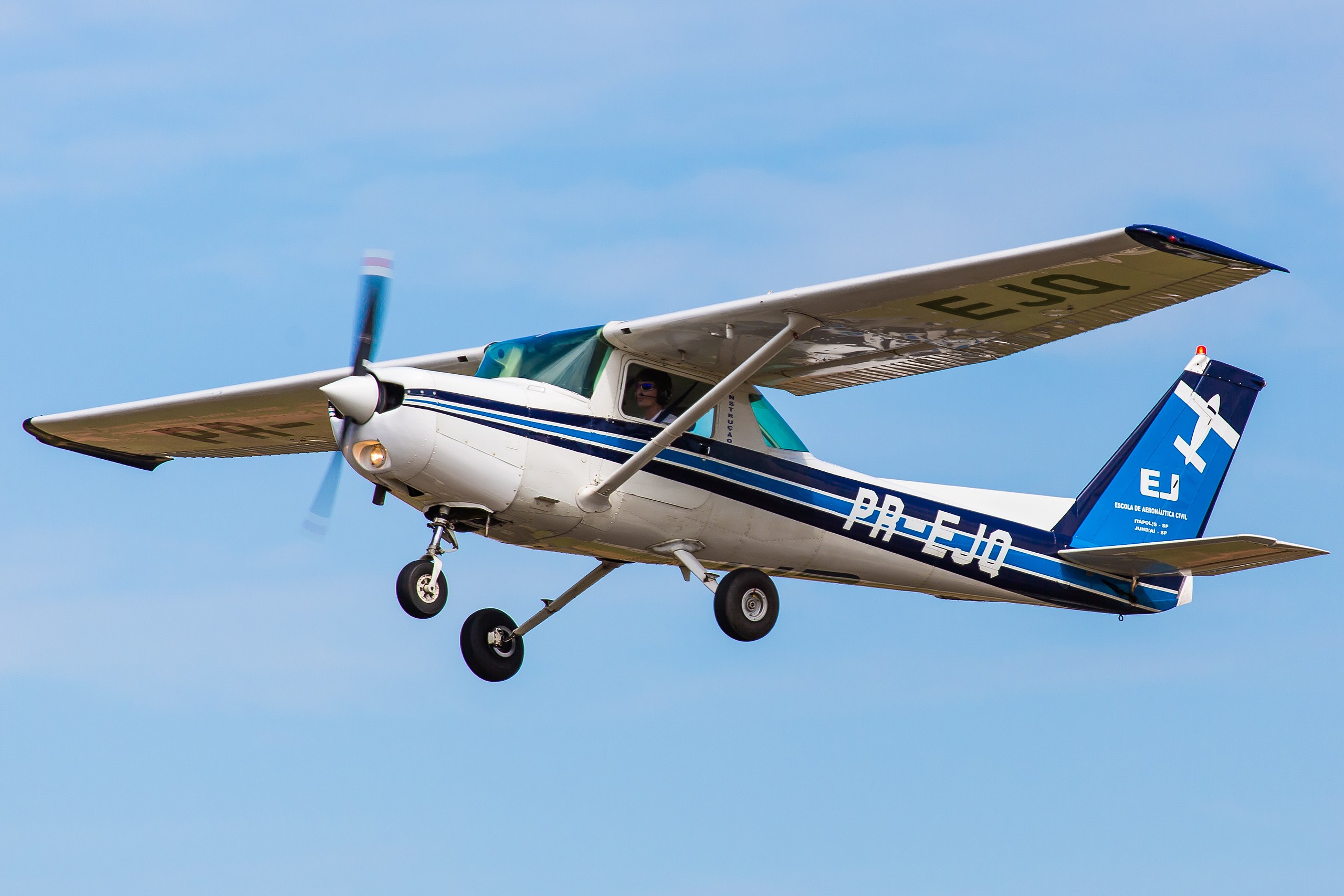
Introduction: 1977
Number built: Over 7,500
Purpose: Flight Training & General Aviation
If the Cessna 172 is the world’s favourite trainer, then the Cessna 152 is its legendary little sister. Compact, simple, and incredibly affordable to operate, this two-seater aircraft has trained thousands of pilots since its introduction in the late 1970s.
The Cessna 152 was developed as an improved version of the Cessna 150, with a more powerful Lycoming O-235 engine, increased maximum take-off weight, and modifications that made it more robust for flight training. It was designed specifically with students in mind, offering predictable flight characteristics and easy recovery from stalls — perfect for building confidence in the air.
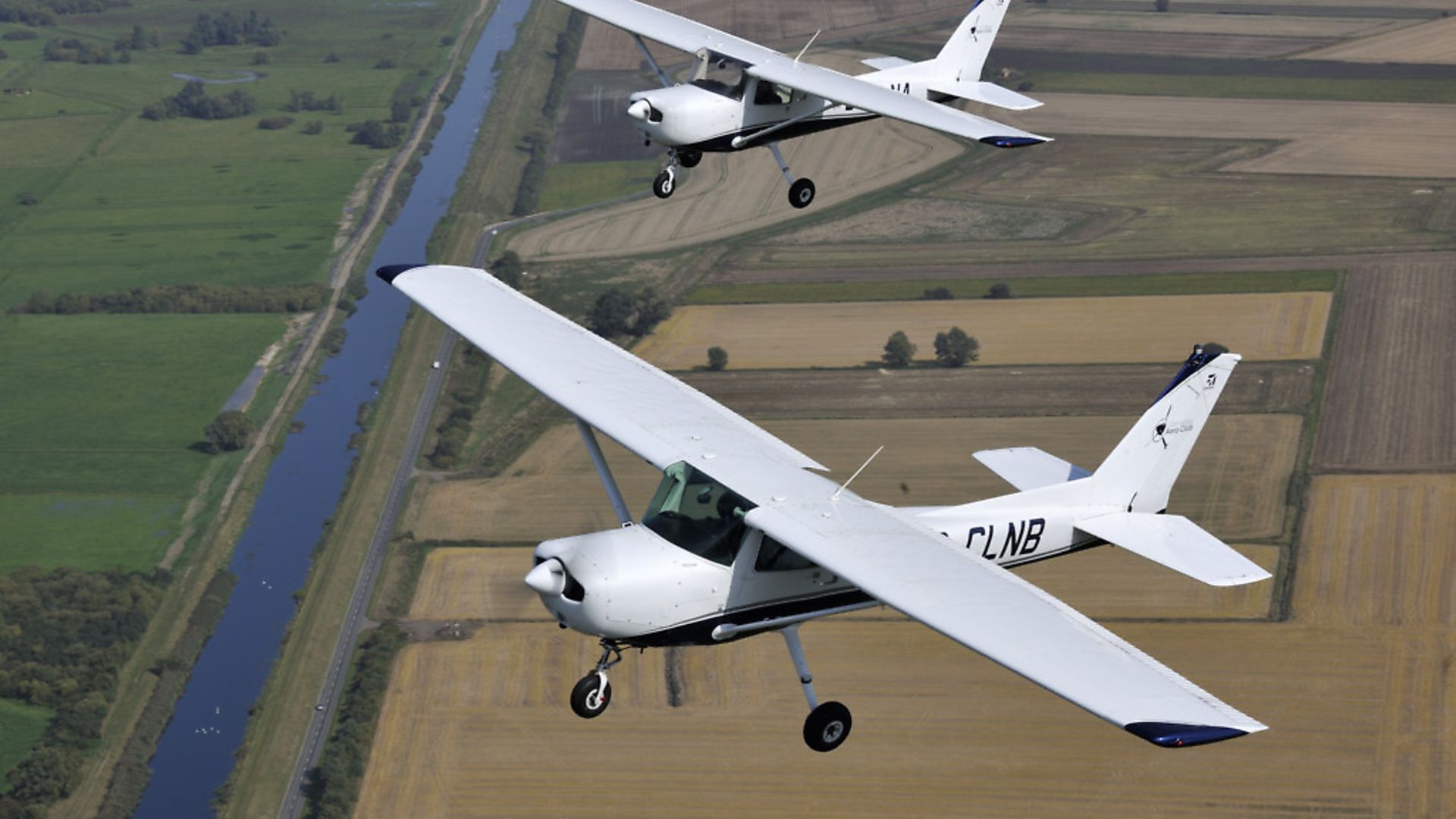
This aircraft is also well-known for its high-wing design, which provides excellent downward visibility, making it easier for student pilots to navigate and land. It’s rugged enough to handle hard landings, a common occurrence during training, and has simple mechanical systems, making maintenance straightforward and cost-effective.
Despite production ending in 1985, the Cessna 152 remains a flight school workhorse, with many still in active service today.
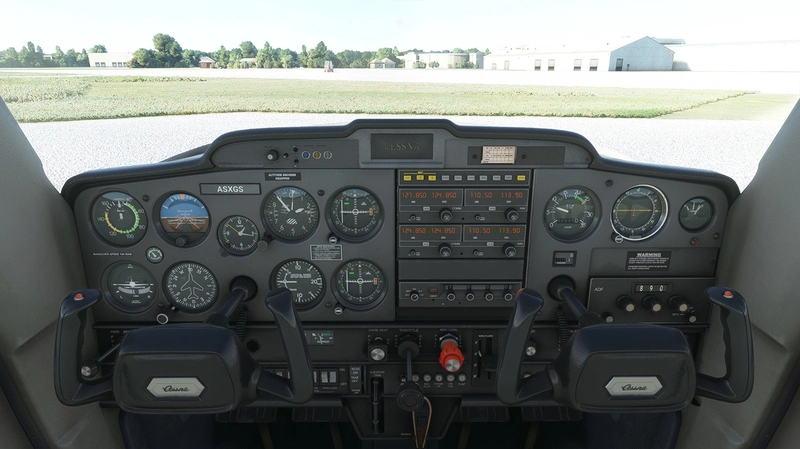
Why Flight Schools Love the Cessna 152
Affordable to Operate – Low fuel consumption and maintenance costs make it one of the most economical training aircraft. Forgiving & Stable – Predictable handling and gentle stall characteristics make it perfect for beginners. Durable & Reliable – Designed to withstand the demands of repeated student landings. Compact & Manoeuvrable – Small size and responsive controls help students develop strong piloting skills. Perfect for PPL Training – Ideal for students starting their journey towards a Private Pilot Licence.
Discover top-rated EASA flight schools in the UK and Europe.
Piper PA-28 Series
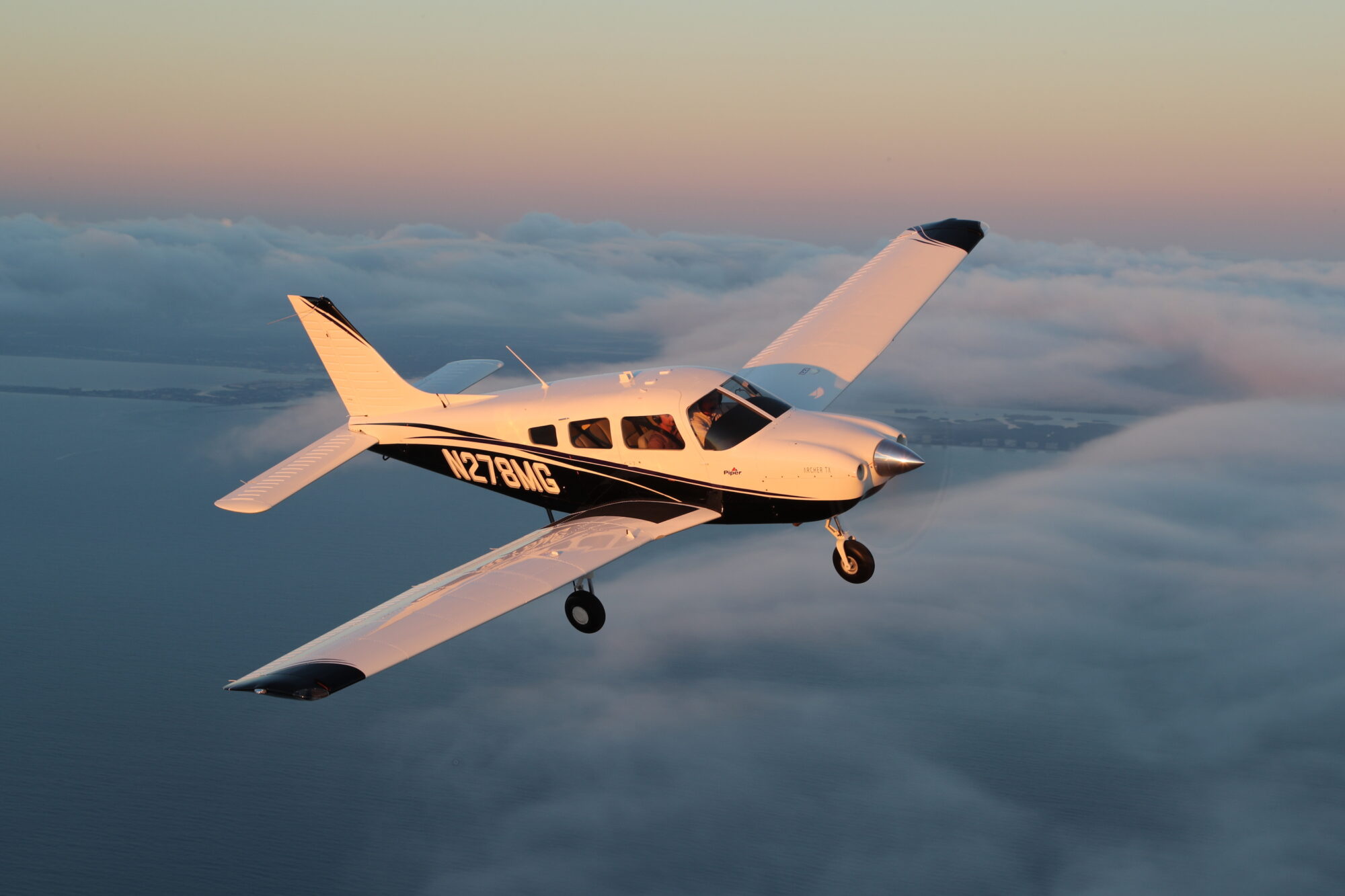
Introduction: 1961
Number built: Over 38,000
Purpose: Flight Training & General Aviation
With its stable handling, comfortable cockpit, and modern avionics, the PA-28 is a go-to choice for flight schools across the UK and Europe. Whether flying the Warrior, Cadet, or Archer, student pilots benefit from its predictable performance and smooth flight characteristics.
Unlike high-wing trainers like the Cessna 152 and 172, the PA-28 features a low-wing design, which offers a different flying experience. The wings sit beneath the fuselage, improving ground visibility for navigation and giving the aircraft a sportier feel. The trade-off? Less visibility below the aircraft, which means students need to rely more on cockpit instruments when assessing altitude and positioning.
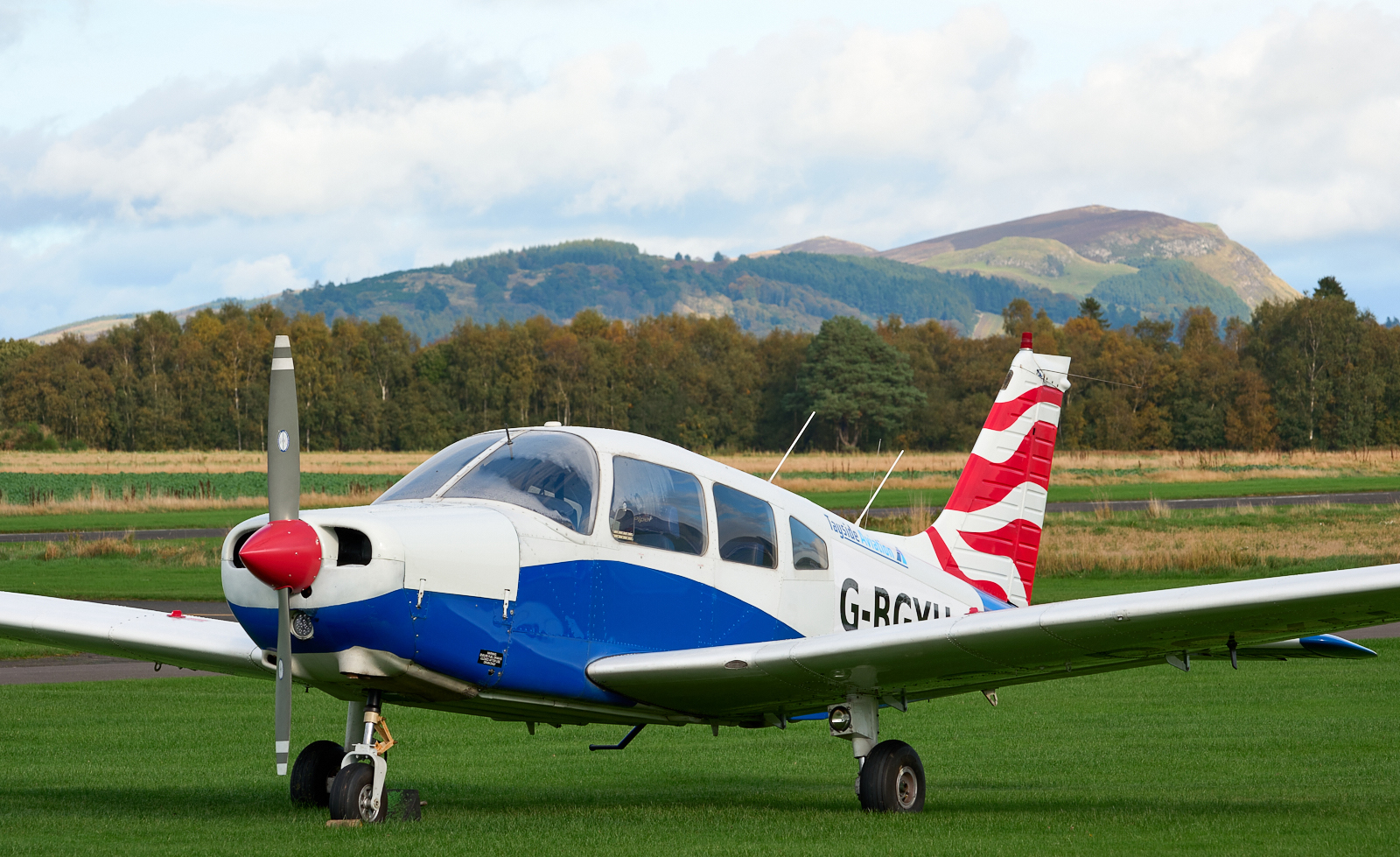
The PA-28 series is available in multiple variants, each suited for different levels of training: PA-28 Warrior – A widely used primary trainer with a 160-hp engine. PA-28 Cadet – A stripped-down version designed specifically for flight schools. PA-28 Archer – A slightly more powerful model with enhanced avionics, great for instrument and commercial training.
These aircraft all share forgiving flight characteristics, rugged construction, and proven reliability, making them ideal for student pilots transitioning to more complex aircraft.
First introduced in 1961, the PA-28 family has continuously evolved, incorporating technological advancements and improved aerodynamics while staying true to its reputation as a dependable training platform.
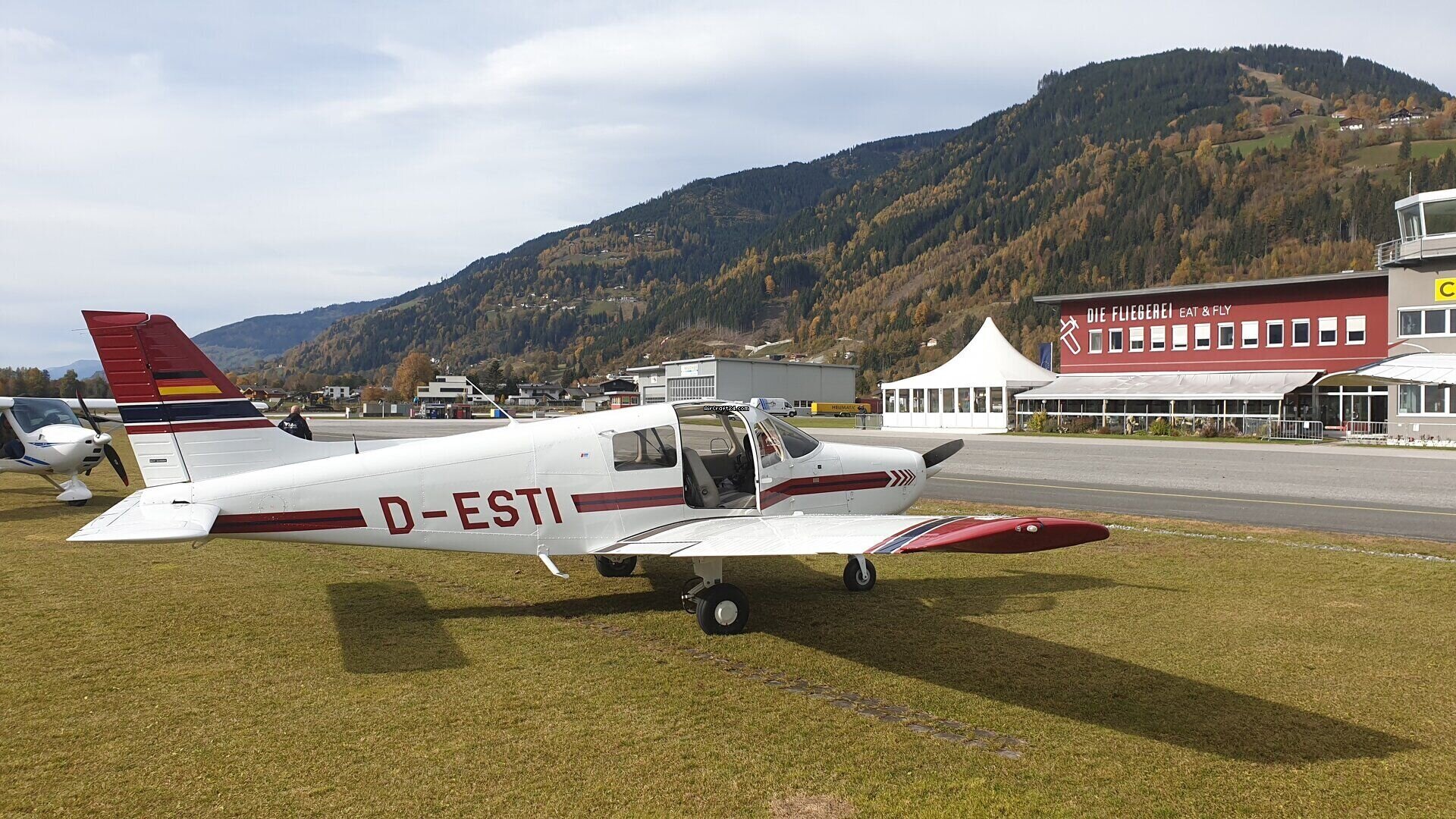
Why Flight Schools Love the Piper PA-28
Low-Wing Design – Offers better ground visibility and a more natural transition to commercial aircraft. Durable & Reliable – Built to withstand thousands of training hours. Spacious Cockpit – More legroom and comfort compared to smaller trainers. Great for Advanced Training – Suitable for both PPL and instrument training, helping students progress beyond basic flying skills.
Start on your aviation journey with our guide to mastering flight training. Read more in our blog Pilot in the Making: Mastering Flight Training.
Diamond DA40

Introduction: 1997
Number built: Over 2,500
Purpose: Flight Training & General Aviation
The Diamond DA40 represents the future of flight training. With its sleek composite airframe, fuel-efficient engine, and advanced glass cockpit, this aircraft is designed to prepare student pilots for the modern world of aviation. Flight schools across the UK and Europe are increasingly adopting the DA40 for Private Pilot Licence (PPL), instrument, and commercial flight training.
Unlike traditional aluminium trainers like the Cessna 172 or Piper PA-28, the Diamond DA40 is made from composite materials, making it lighter, stronger, and more fuel-efficient. It features a low-wing design and bubble canopy, offering exceptional visibility—a major advantage for student pilots when navigating and landing.
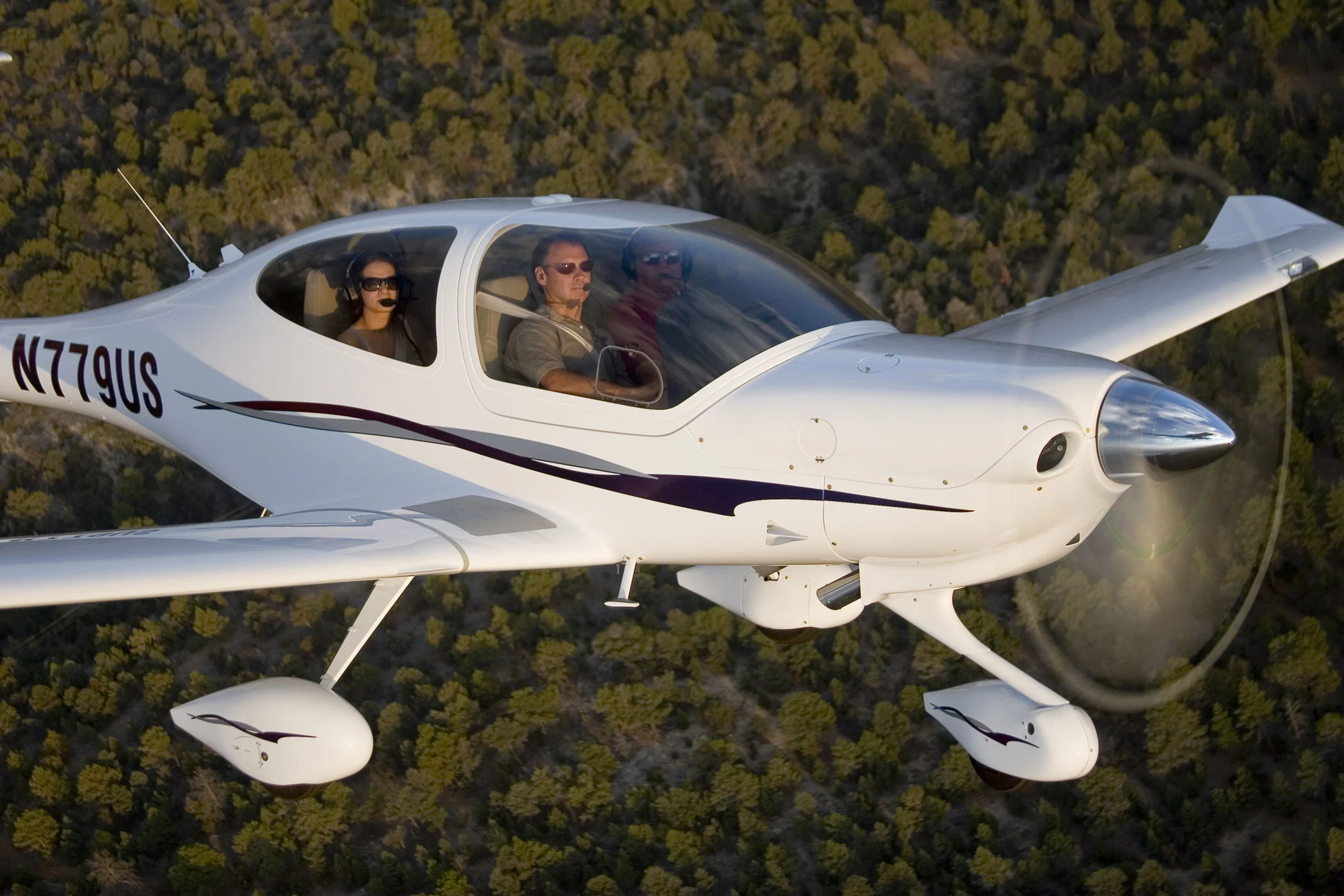
What truly sets the DA40 apart is its avionics. Most models come equipped with the Garmin G1000 glass cockpit, giving students early exposure to digital flight displays, autopilot systems, and advanced navigation tools — essential skills for transitioning to airline and corporate jets.
Originally introduced in 1997, the DA40 has quickly gained popularity as a next-generation trainer, offering students an experience closer to flying a modern commercial aircraft.
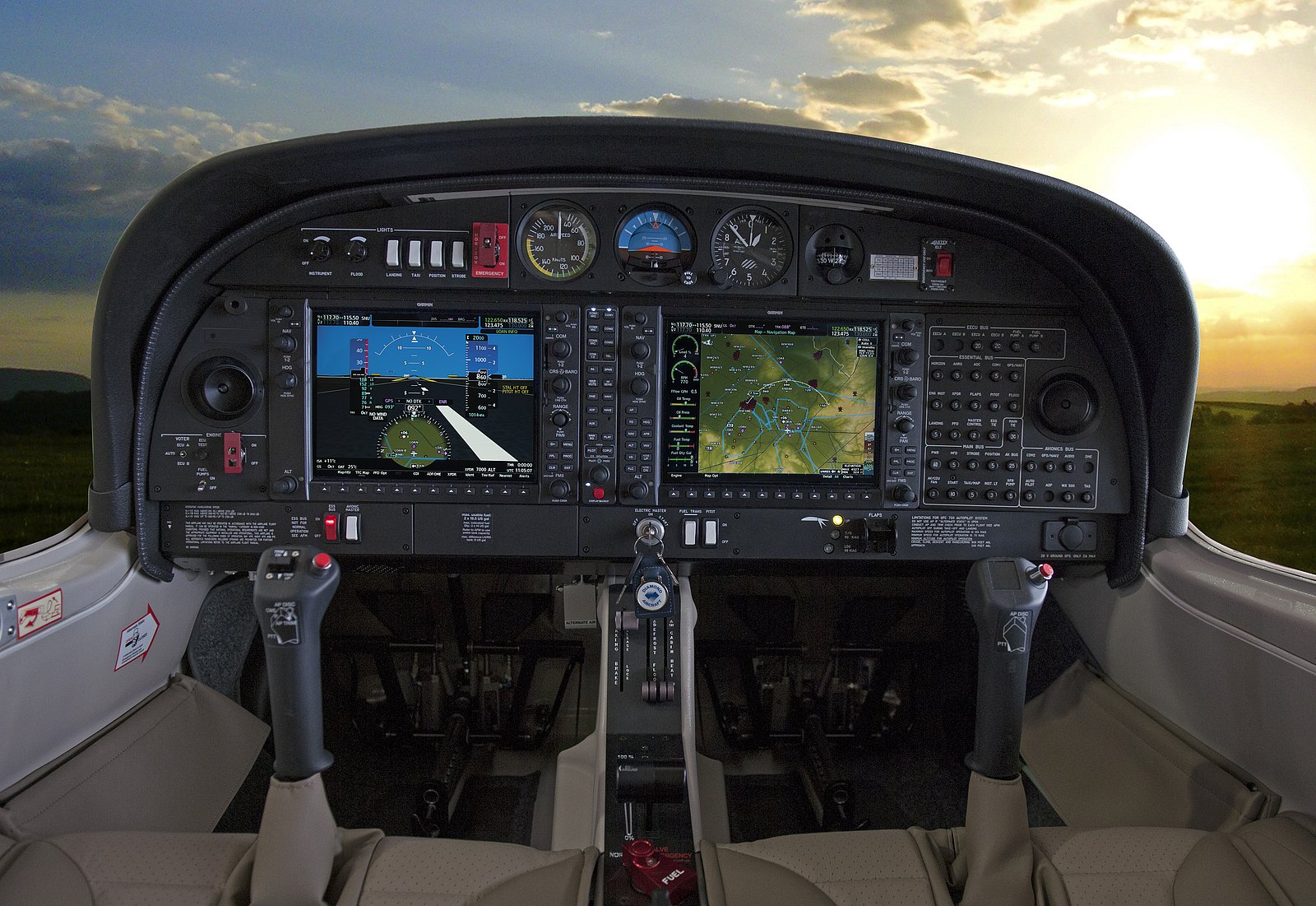
Why Flight Schools Love the Diamond DA40
Modern Avionics – Equipped with a glass cockpit, preparing students for advanced aircraft. Fuel Efficiency – The Austro diesel engine variant is highly economical, making training more affordable. Superior Visibility – The bubble canopy and low-wing design provide excellent views for navigation. Lightweight Composite Airframe – Durable, corrosion-resistant, and built for longevity.
Decoding the language of the skies? Understand the significance of aircraft lights in our blog Aeroplane Lights: Red, Green, White, and More.
Robin DR400
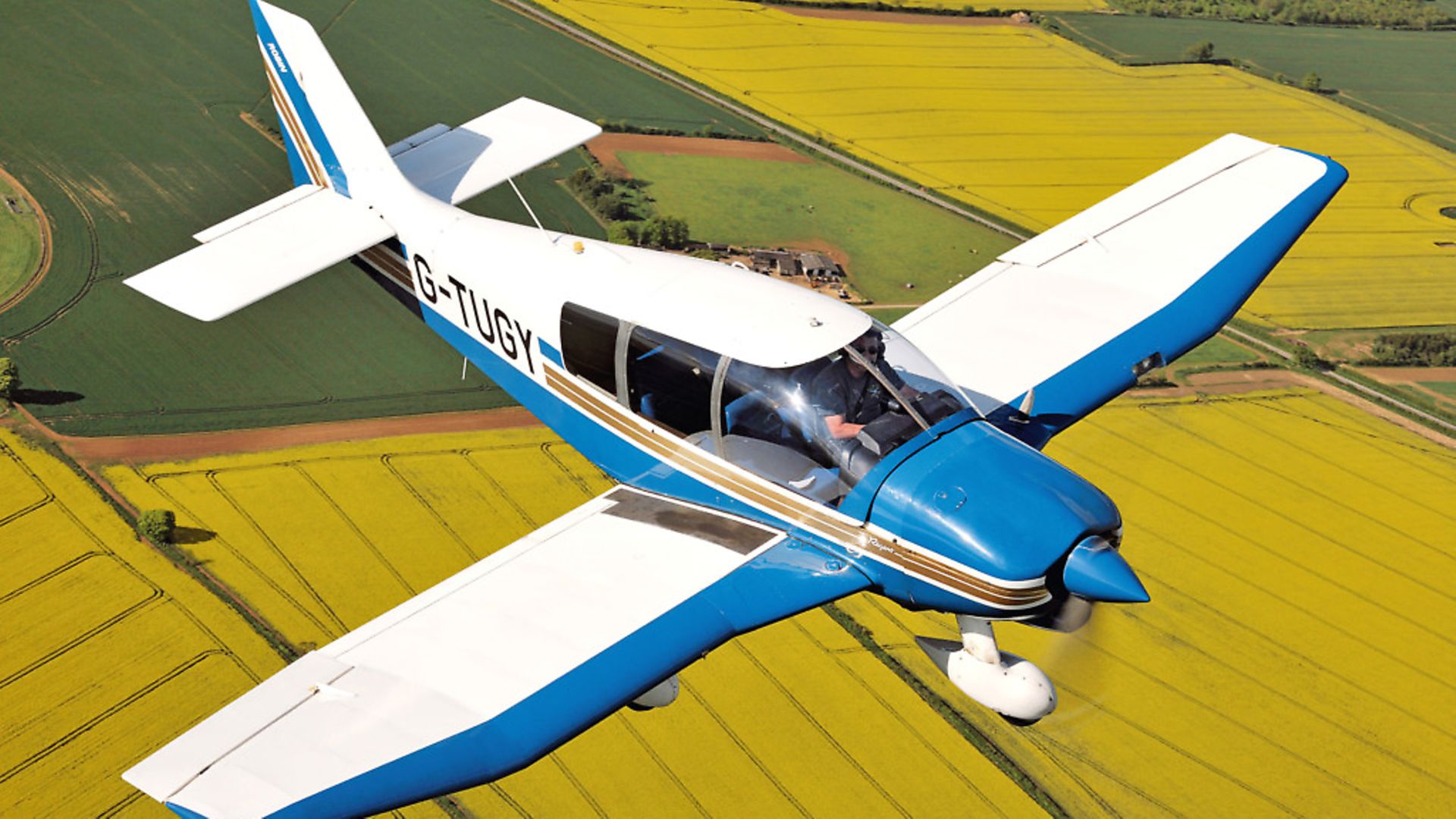
Introduction: 1972
Number built: Over 2,700
Purpose: PPL Training & General Aviation
The Robin DR400 is a classic low-wing trainer widely used in French, Belgian, and UK flight schools. It’s easily recognisable by its wooden airframe, cranked wing design, and bubble canopy, which gives pilots and students exceptional visibility. Many pilots across Europe trained on a Robin DR400 for their Private Pilot Licence (PPL) before transitioning to larger, more advanced aircraft.
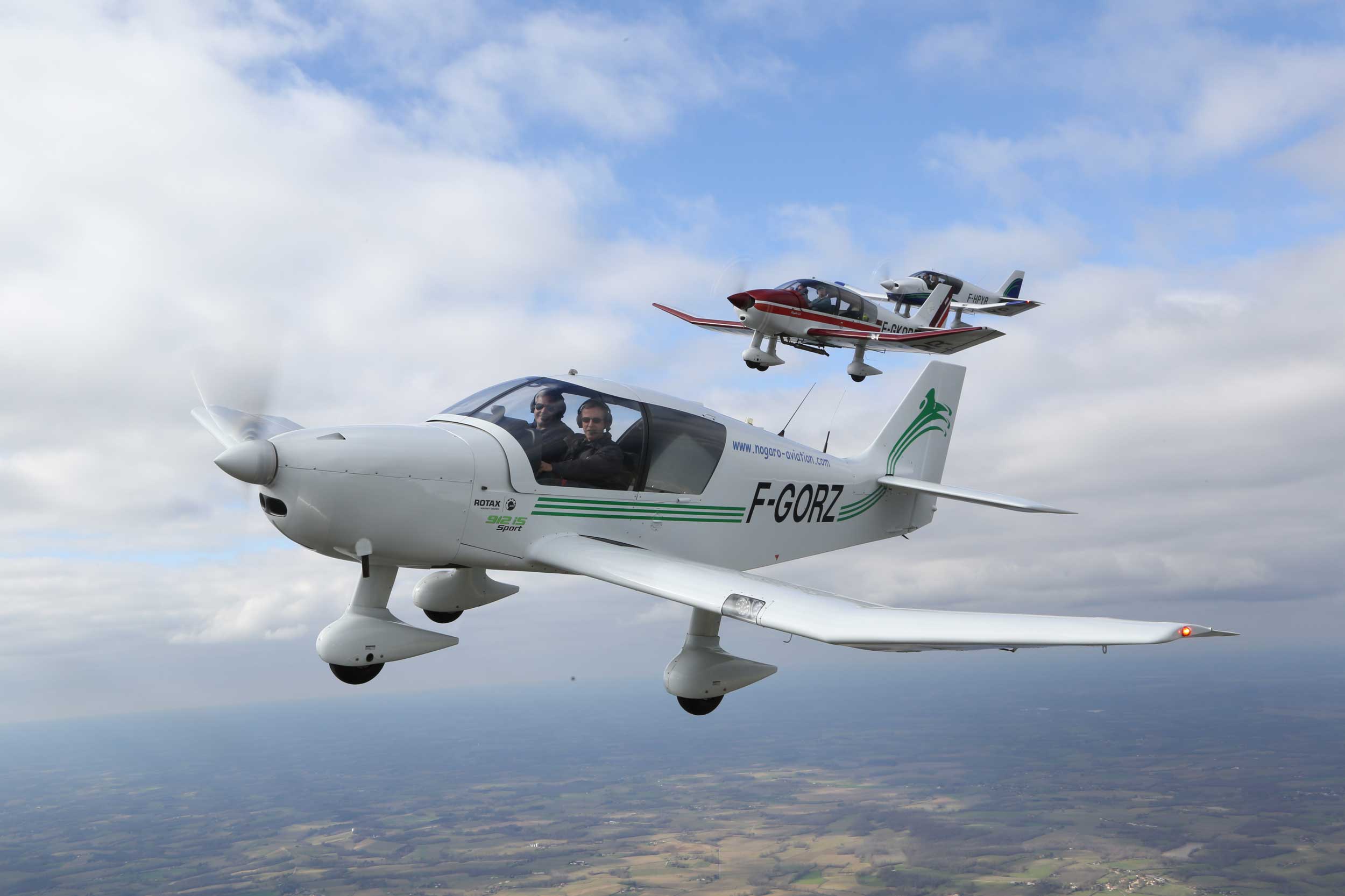
Originally developed as an upgrade to the Robin DR300, the DR400 combined traditional wood-and-fabric construction with modern aerodynamics. While newer trainers are made from aluminium or composites, the DR400’s wooden airframe gives it an incredibly light structure, improving both fuel efficiency and climb performance.
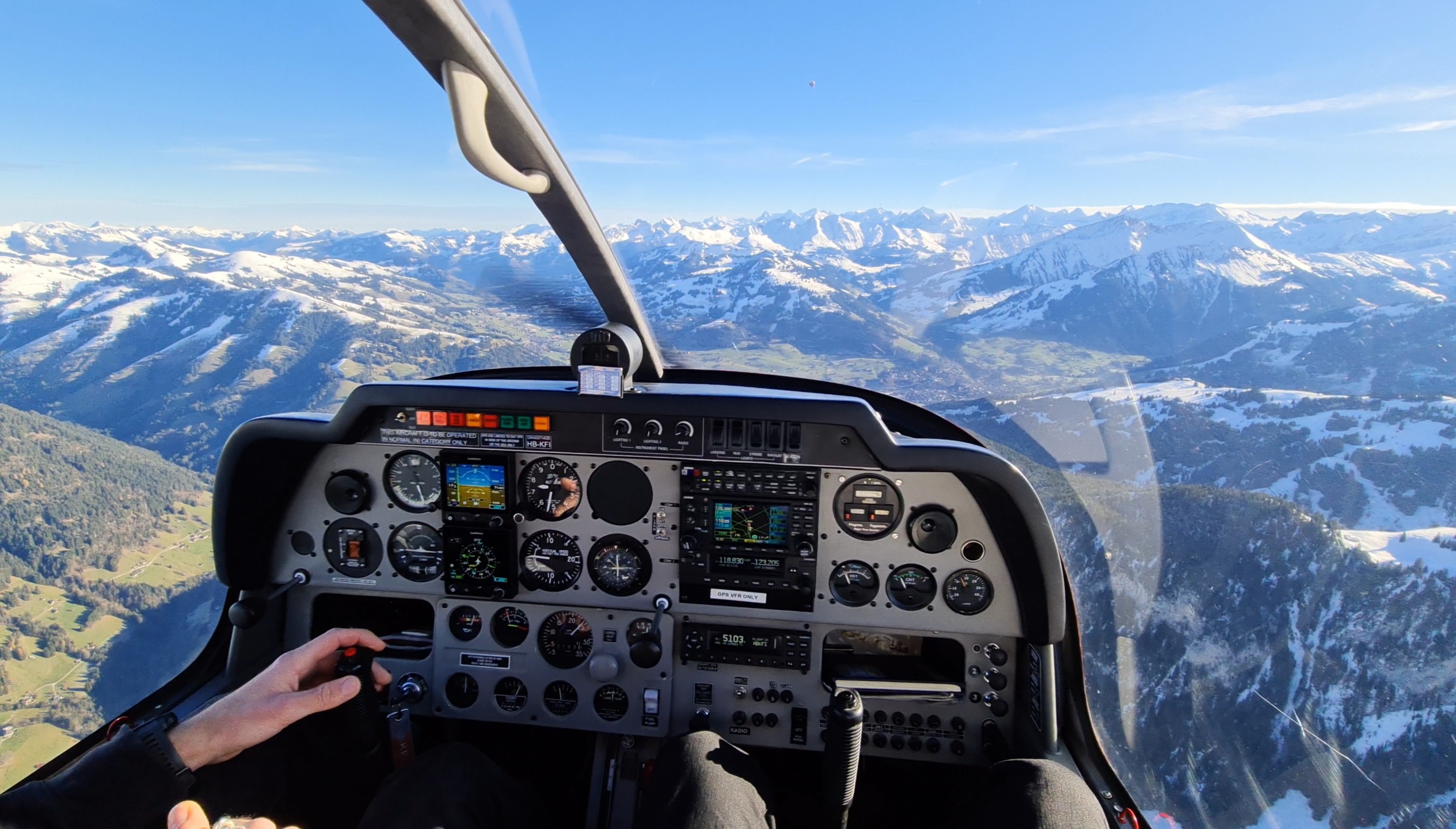
What Makes the DR400 a Great Trainer?
Cranked Wing Design – Provides improved lift and stability, making it easy to control. Bubble Canopy – Offers outstanding visibility for navigation and situational awareness. Fuel Efficiency – Lightweight wooden structure keeps operating costs low. Smooth Handling – Predictable flight characteristics make it student-friendly.
Tecnam P2002-JF
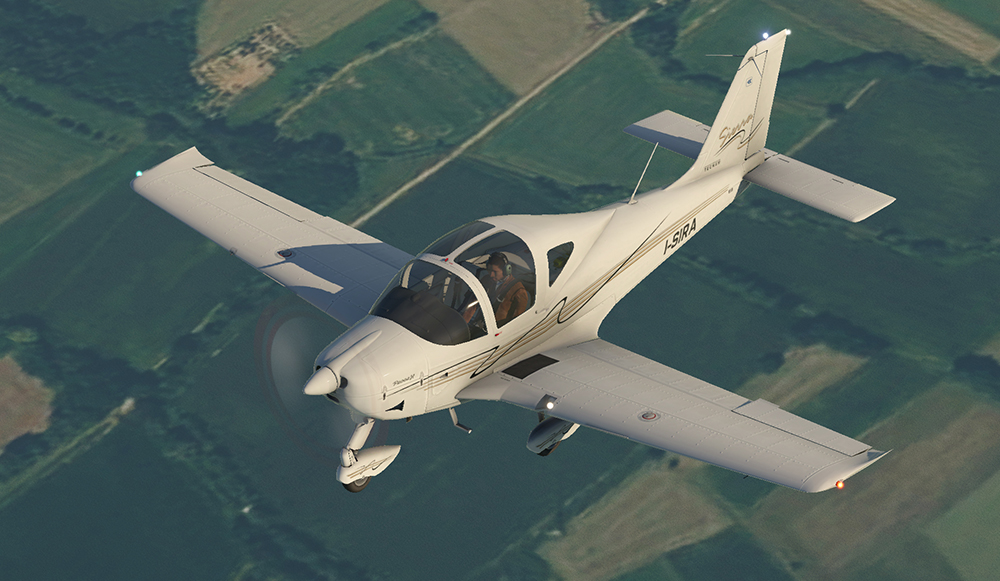
Introduction: 2004
Number built: Over 900
Purpose: PPL & Night Rating Training
The Tecnam P2002-JF is a modern, low-wing training aircraft developed by the Italian manufacturer Tecnam. It’s widely used in flight schools across Europe, offering a sporty and efficient alternative to traditional trainers.
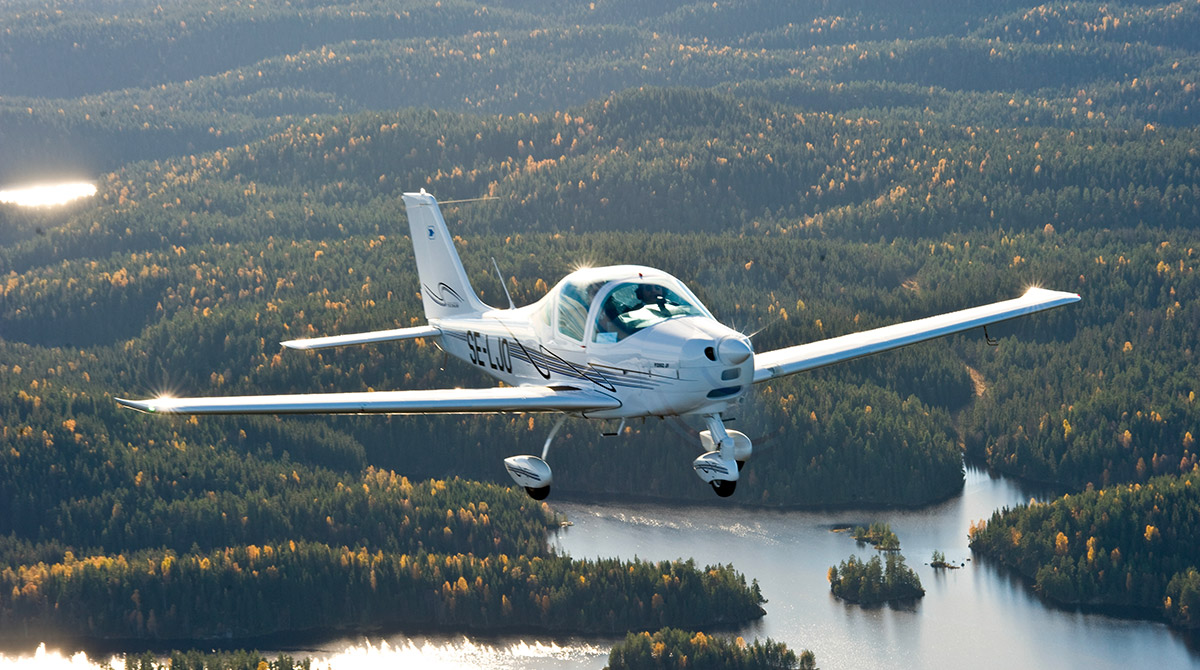
One of its standout features is the Rotax 912 engine, a lightweight, fuel-efficient powerplant that operates more quietly than traditional Lycoming or Continental engines. This means lower fuel costs, reduced noise pollution, and a more comfortable experience for students and instructors alike.
Because of its responsive flight characteristics, the P2002 is often described as feeling more like a sports car than a traditional trainer. Many flight schools choose it for students who want to transition to more advanced aircraft smoothly.
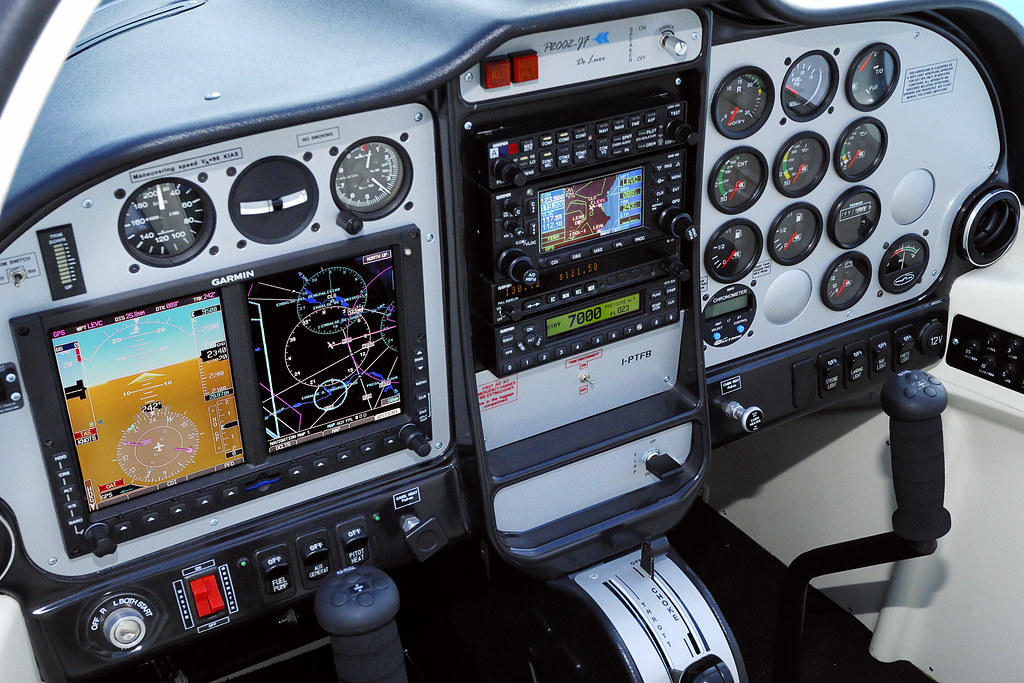
Why is the Tecnam P2002-JF Gaining Popularity?
Low Operating Costs – The Rotax 912 engine offers better fuel efficiency. Sporty & Agile Handling – More responsive than a Cessna, giving students a taste of light aircraft performance. Modern Cockpit & Avionics – Often fitted with glass cockpit displays, preparing pilots for modern aircraft. Excellent Climb Performance – The aircraft’s lightweight construction allows for quick and efficient climbs, even with two people on board.
Mastering single-engine aircraft is the foundation of flight training, but for those pursuing a Commercial Pilot Licence (CPL) or Airline Transport Pilot Licence (ATPL), the next step is learning to fly multi-engine aircraft. Multi-engine training introduces higher speeds, increased complexity, and the crucial skill of handling asymmetric thrust during engine failures—an essential part of becoming a professional pilot.
Let’s have a look at two of the most popular twin-engine trainers used in flight schools across the UK and Europe.
Piper PA-44 Seminole
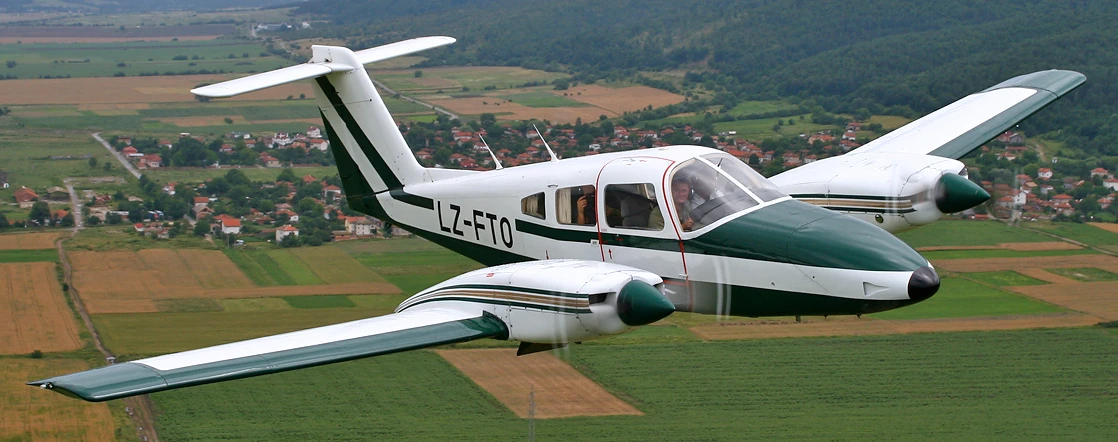
Introduction: 1978
Number built: Over 2,000
Purpose: Multi-Engine & Commercial Pilot Training
For student pilots stepping up to multi-engine flying, the Piper PA-44 Seminole is one of the most widely used trainers in the world. With its predictable handling, excellent safety record, and simple yet effective twin-engine design, it’s a favourite among flight schools training pilots for their CPL (Commercial Pilot Licence) and ATPL (Airline Transport Pilot Licence).
Developed as a twin-engine version of the Piper PA-28 Cherokee, the Seminole was designed to provide a safe, cost-effective platform for learning multi-engine operations. Many airline cadets and aspiring commercial pilots first experience twin-engine flight in a PA-44, making it an important stepping stone toward flying larger aircraft.
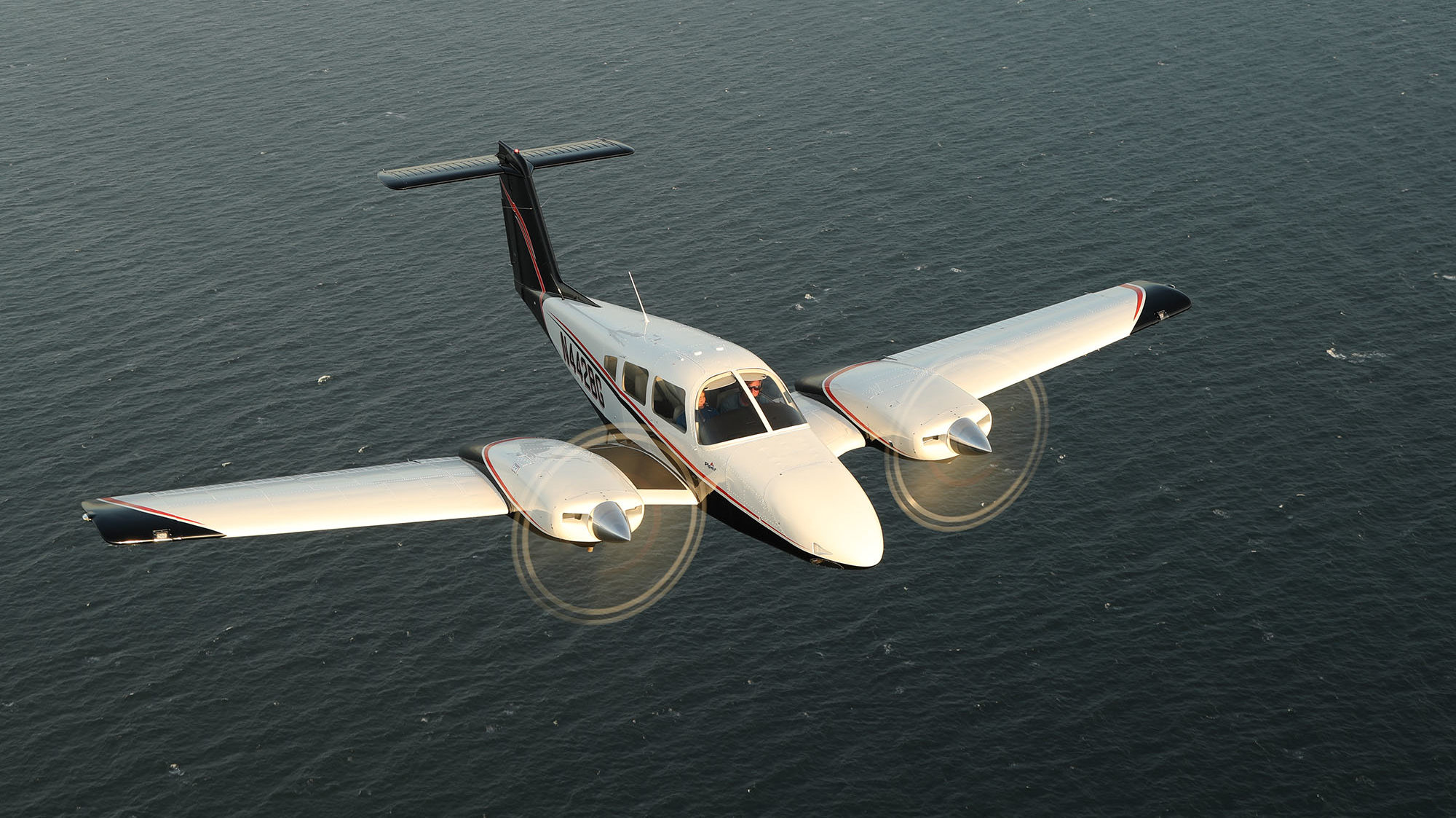
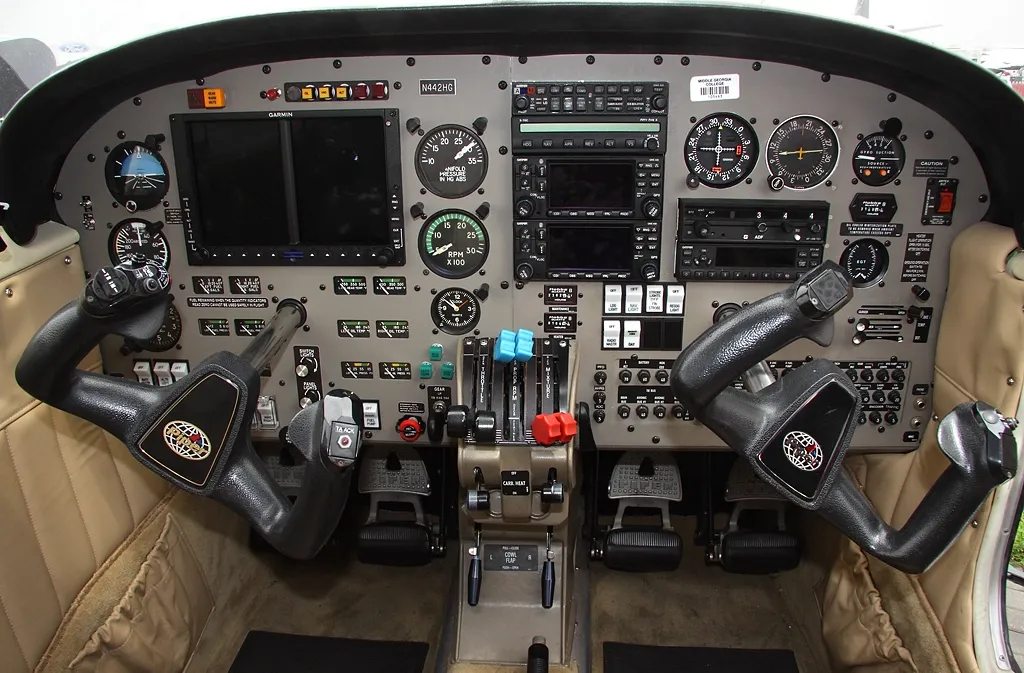
Why the Seminole is a Flight School Favourite
Forgiving Flight Characteristics – Offers predictable handling and easy recovery from stalls and asymmetric flight. Cost-Effective Multi-Engine Training – One of the most affordable twin-engine trainers to operate. Ideal for Asymmetric Training – Teaches pilots how to handle engine failures and single-engine flight scenarios safely. Proven Airline Training Aircraft – Used worldwide by flight academies preparing cadets for airline careers.
Diamond DA42 Twin Star
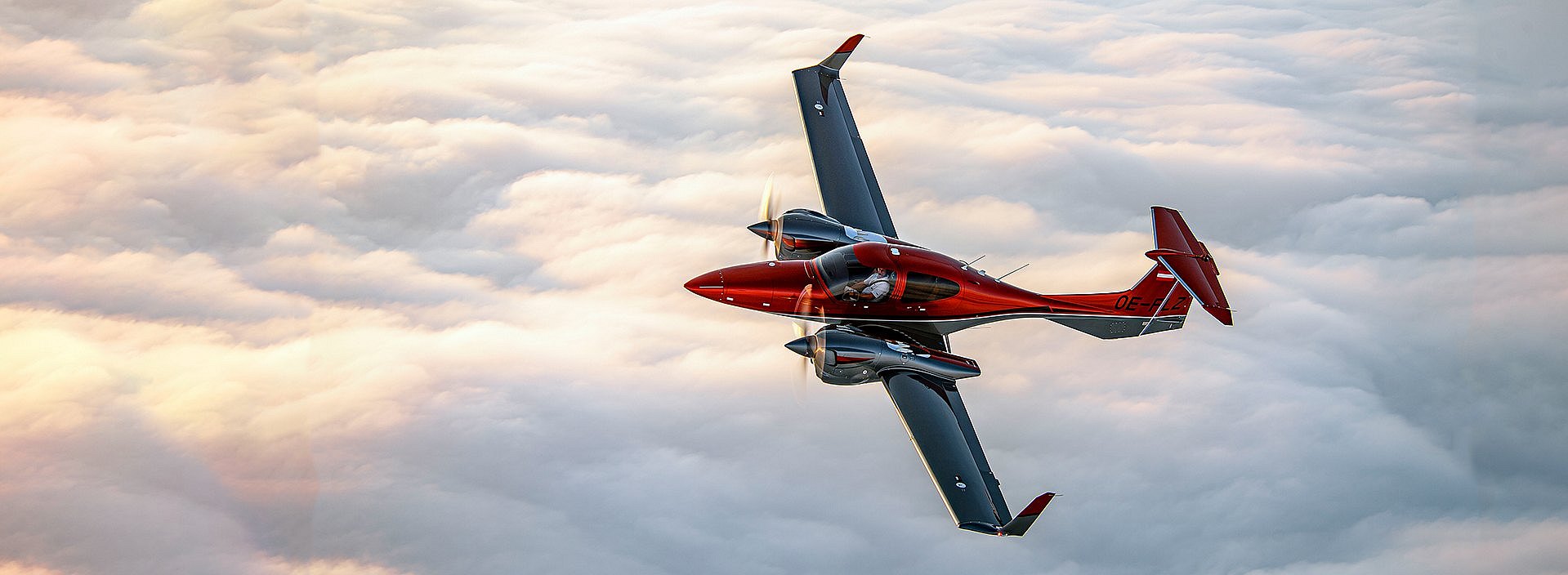
Introduction: 2004
Number built: Over 1,000
Purpose: Multi-Engine & Airline Cadet Training
The Diamond DA42 Twin Star is a modern, fuel-efficient alternative to traditional twin-engine trainers like the Piper Seminole. Built from lightweight composite materials and equipped with a cutting-edge glass cockpit, the DA42 is designed to give students a head start in the digital age of aviation.
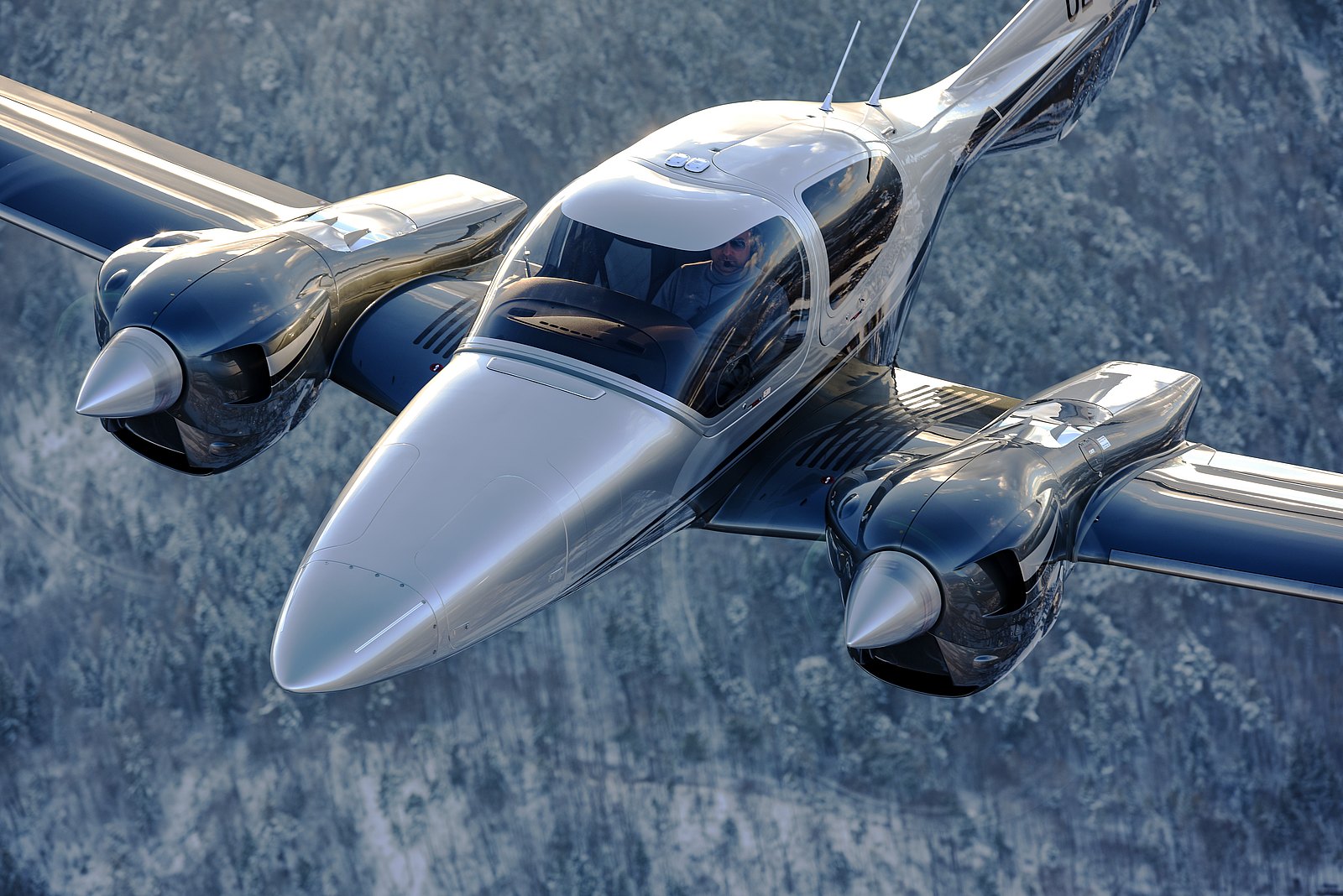
One of the standout features of the DA42 is its Austro AE300 turbo-diesel engines, which offer exceptional fuel efficiency, low noise levels, and better performance at altitude compared to older piston twins. This makes it a cost-effective training aircraft while also reducing the environmental impact of flight training.
The DA42 is becoming the preferred choice for airline cadet programmes across the UK and Europe. It offers a realistic transition to modern commercial aircraft, making it one of the most technologically advanced training aircraft available today.
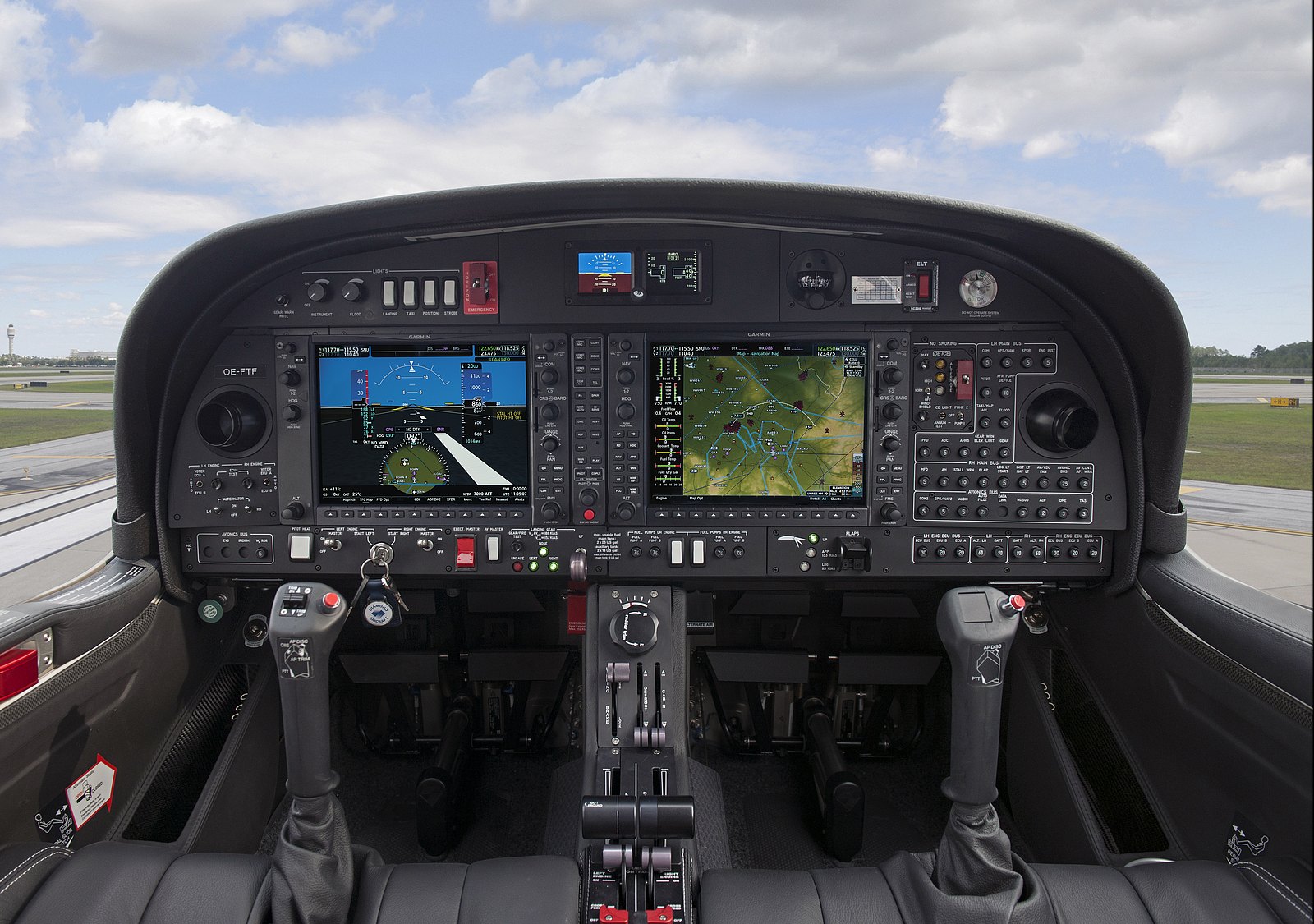
Why the DA42 is a Flight School Favourite?
Modern Avionics – Features a Garmin G1000 glass cockpit, preparing students for airline-style digital flight decks. Fuel Efficiency – Diesel engines burn up to 50% less fuel than traditional piston engines. Excellent Single-Engine Performance – More stable than many older twin-engine trainers when flying with one engine. Composite Airframe – Lightweight, durable, and corrosion-resistant. Advanced Safety Features – Includes FADEC (Full Authority Digital Engine Control), improved aerodynamics, and a higher glide ratio, making it one of the safest multi-engine trainers.
Airhead's Takeaway
Whether you start in a Cessna 152, Piper PA-28, or Diamond DA40, mastering your trainer is the foundation for flying larger and more advanced aircraft. As you progress to multi-engine training and beyond, understanding your aircraft’s characteristics, avionics, and handling will make each transition smoother. Choosing the right training aircraft is a key step in your journey — one that prepares you for the skies ahead.
